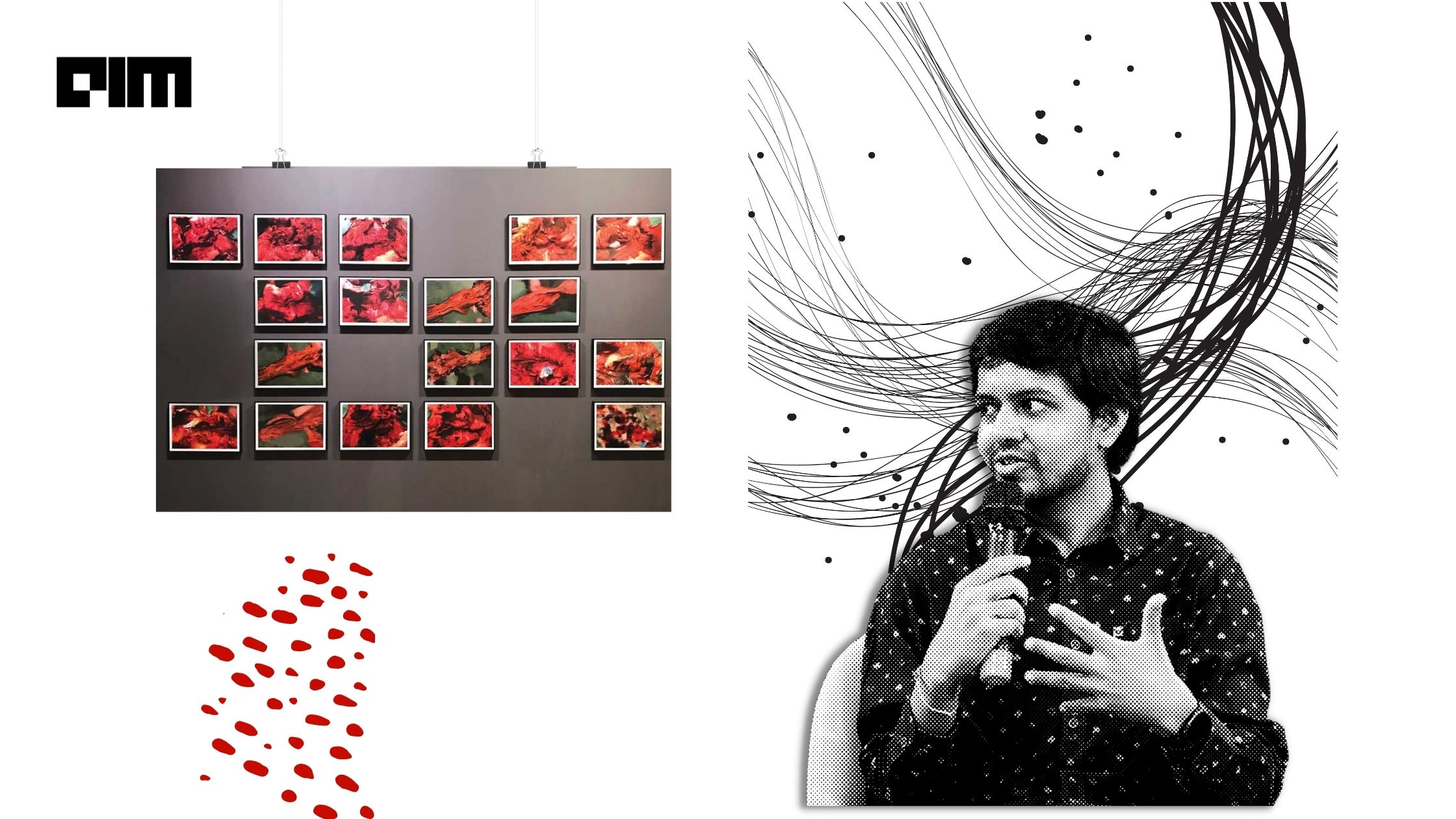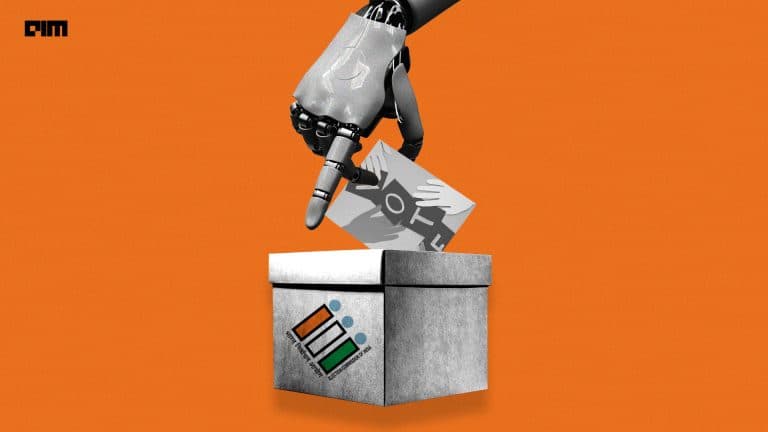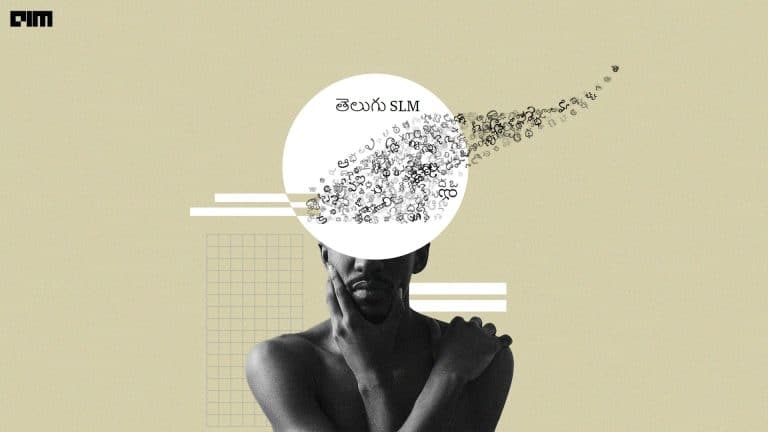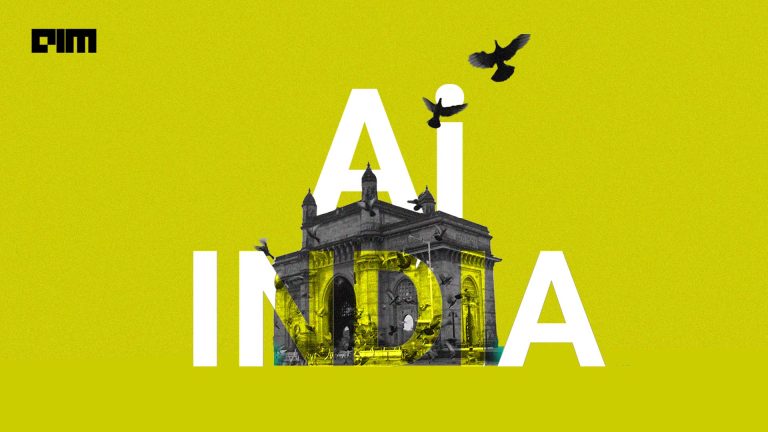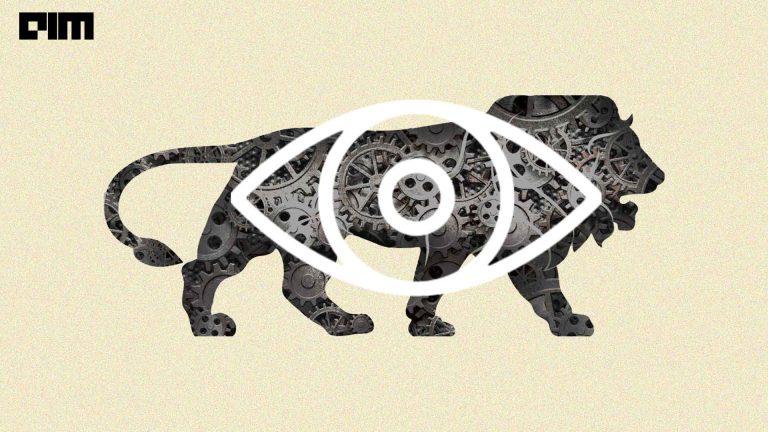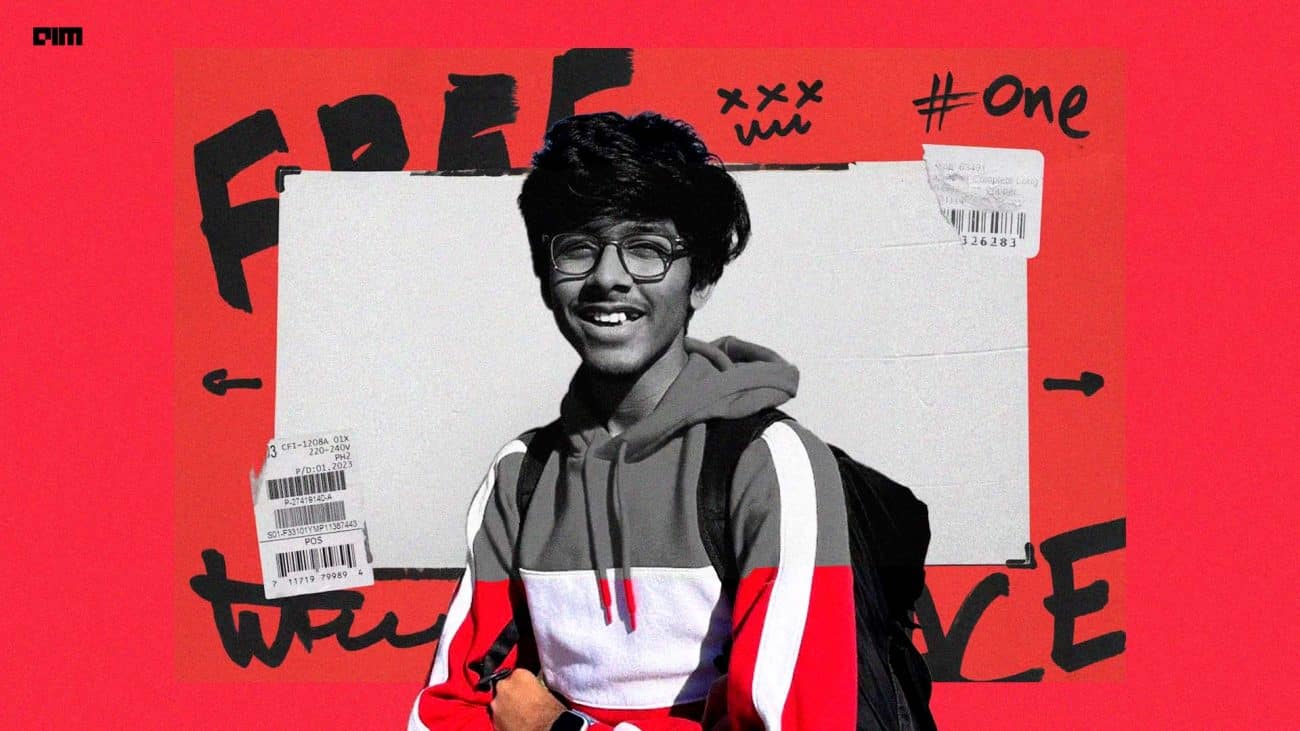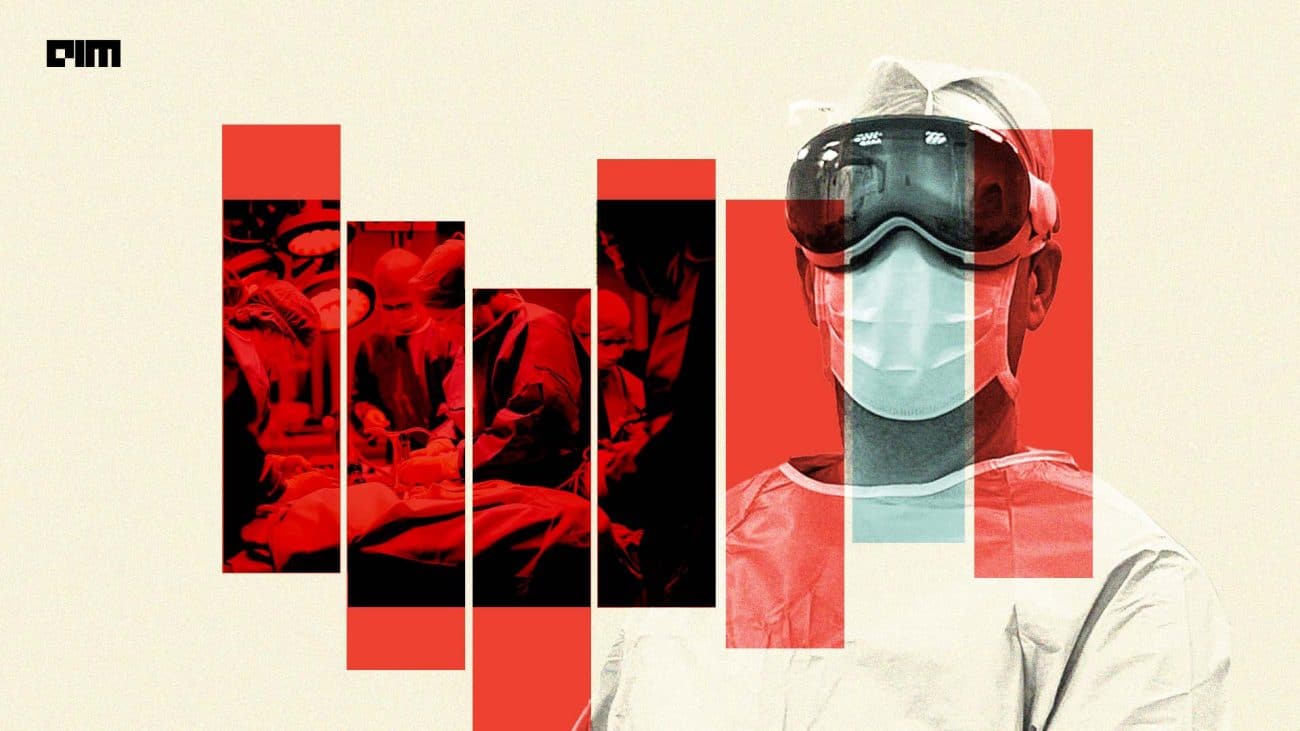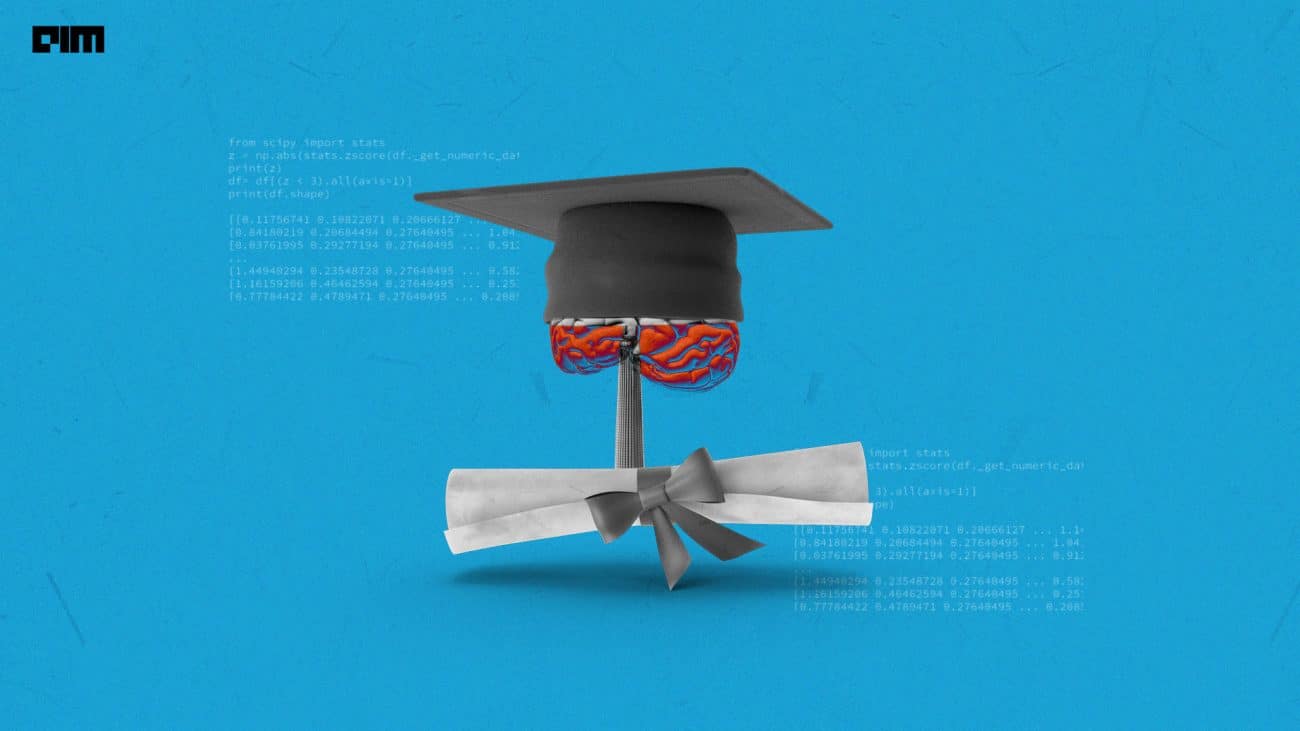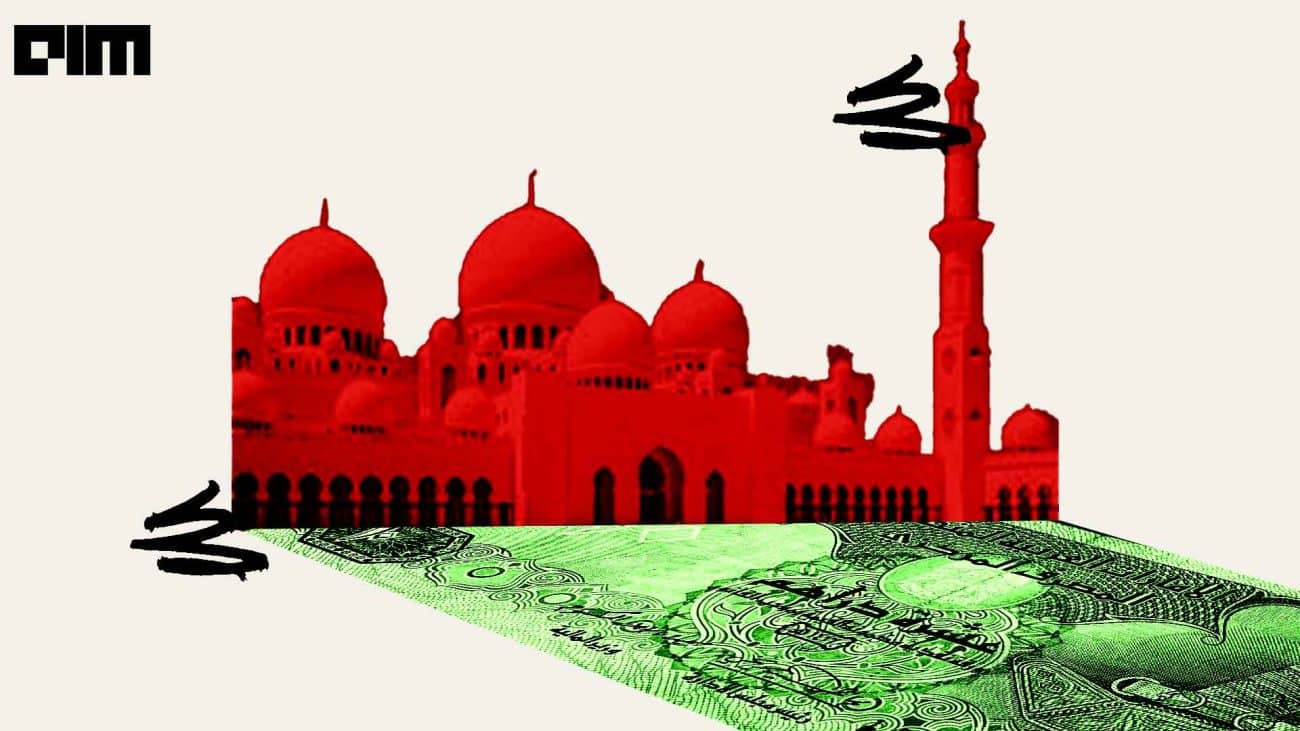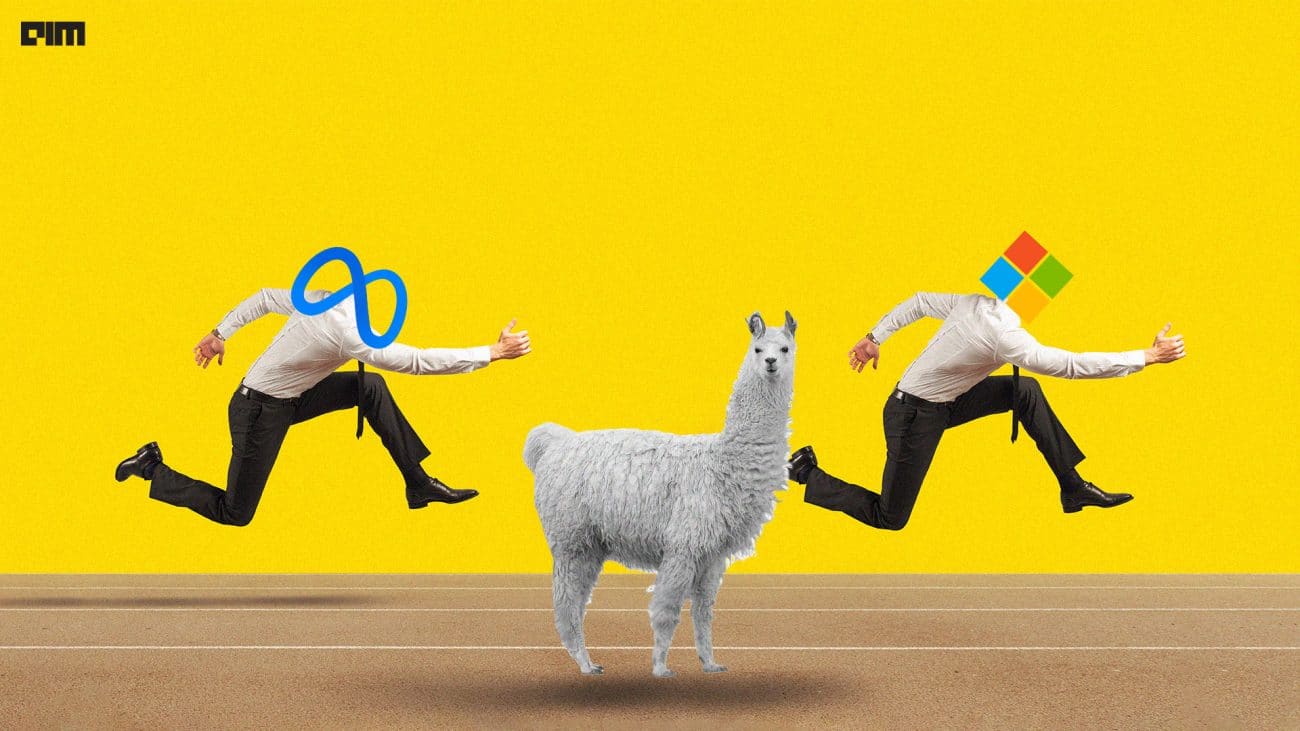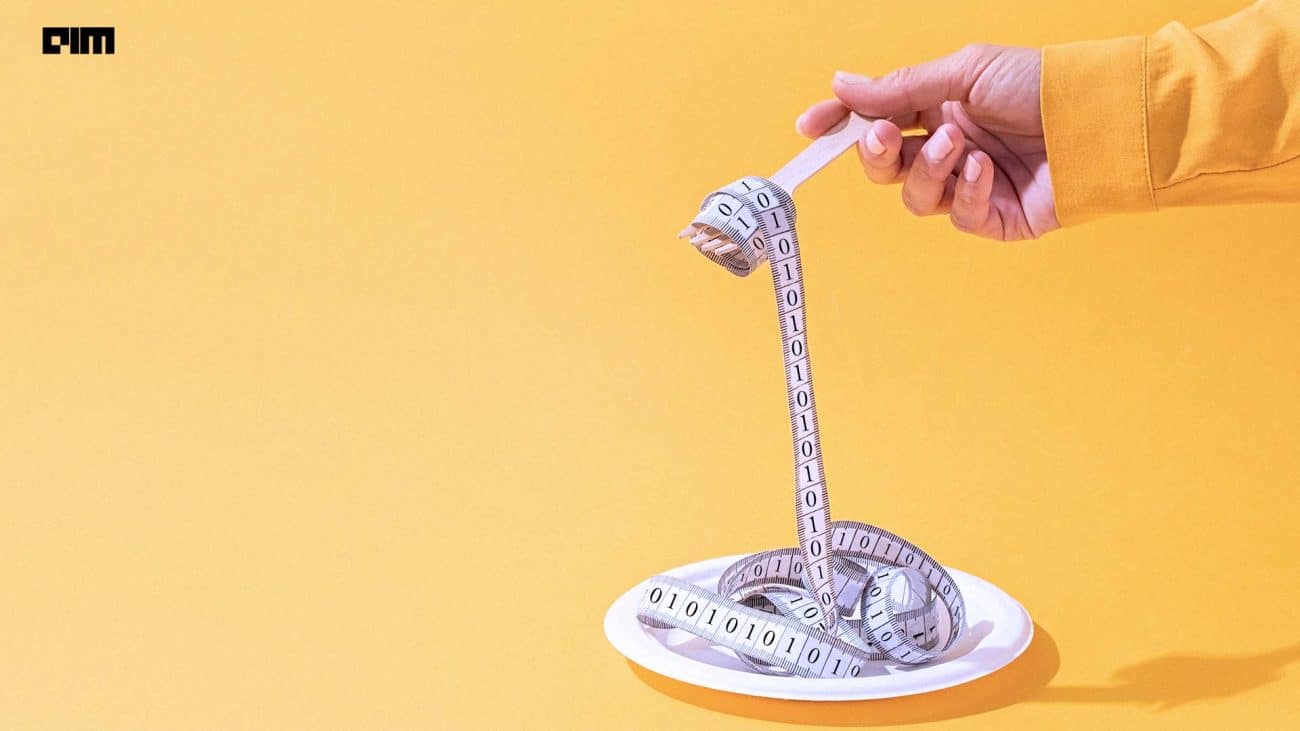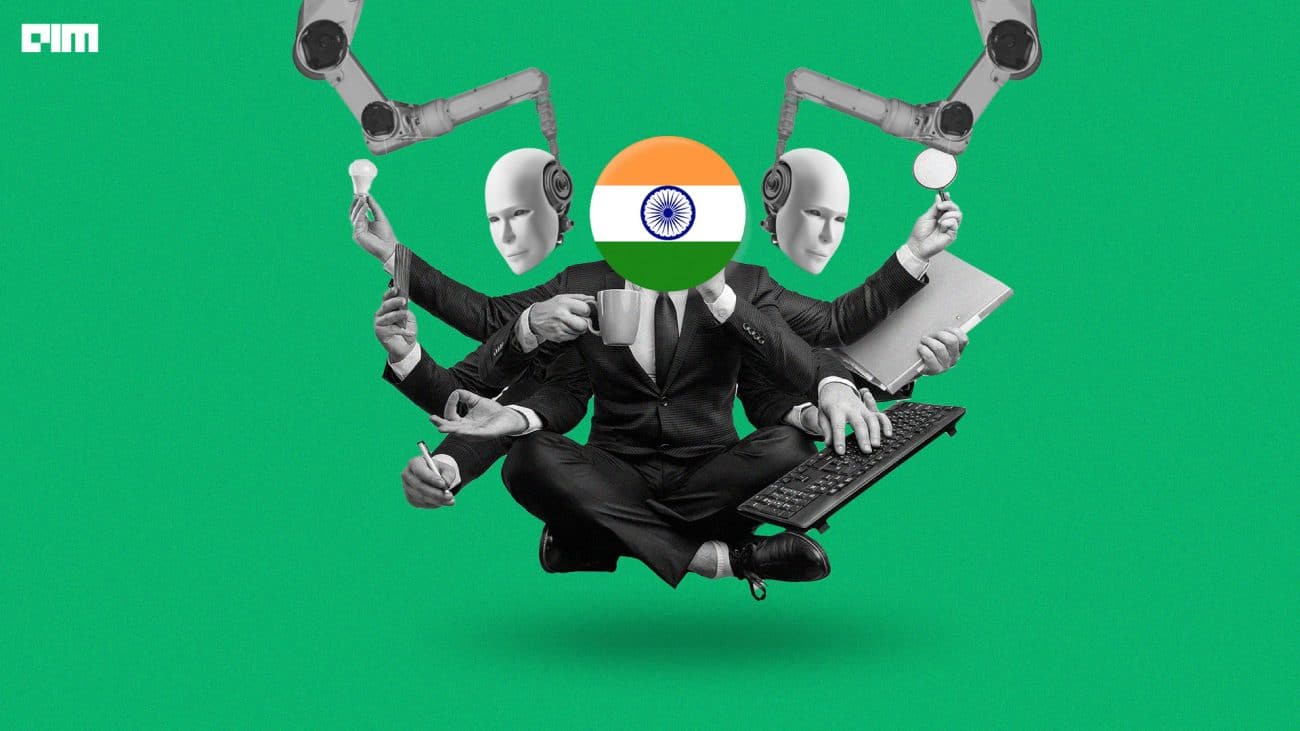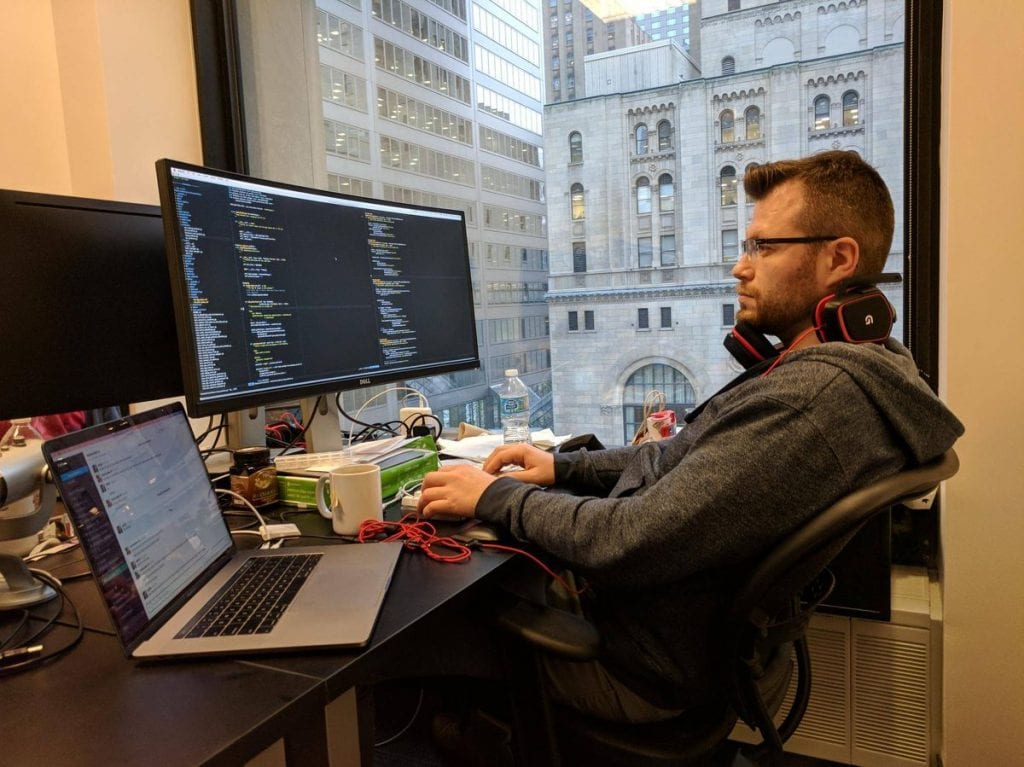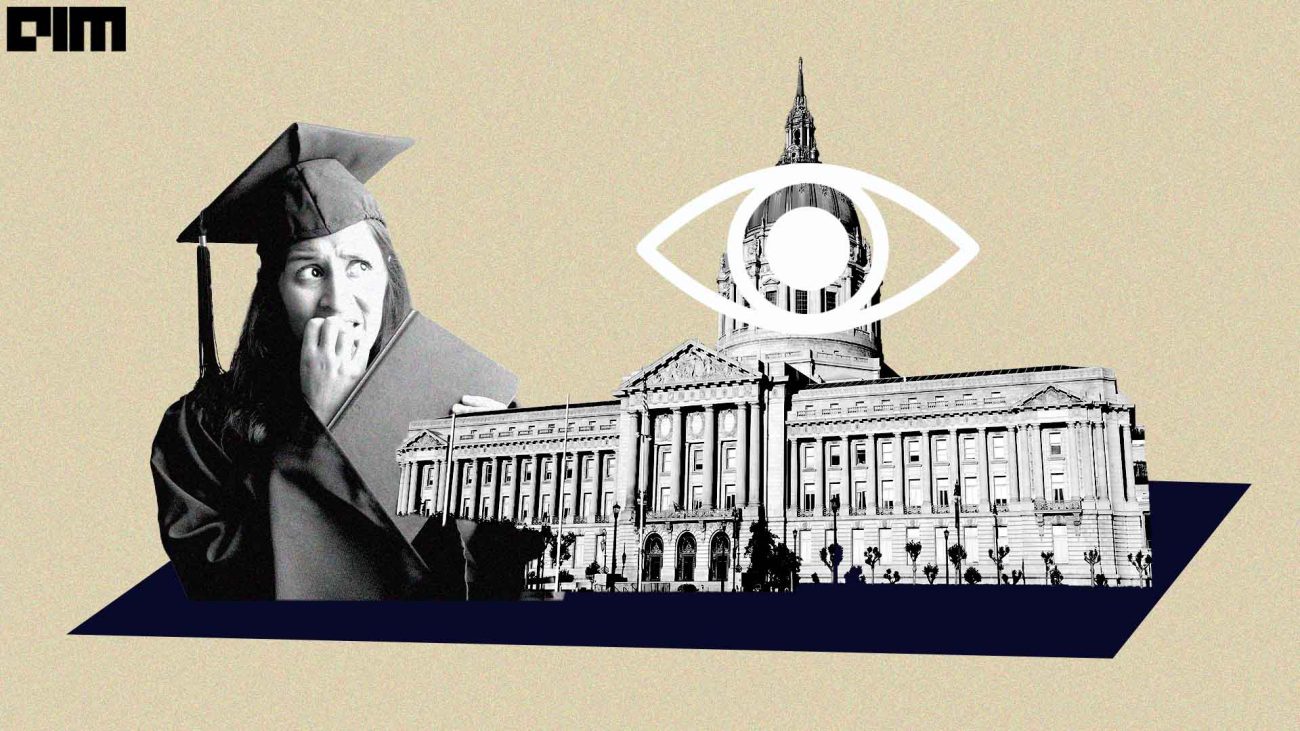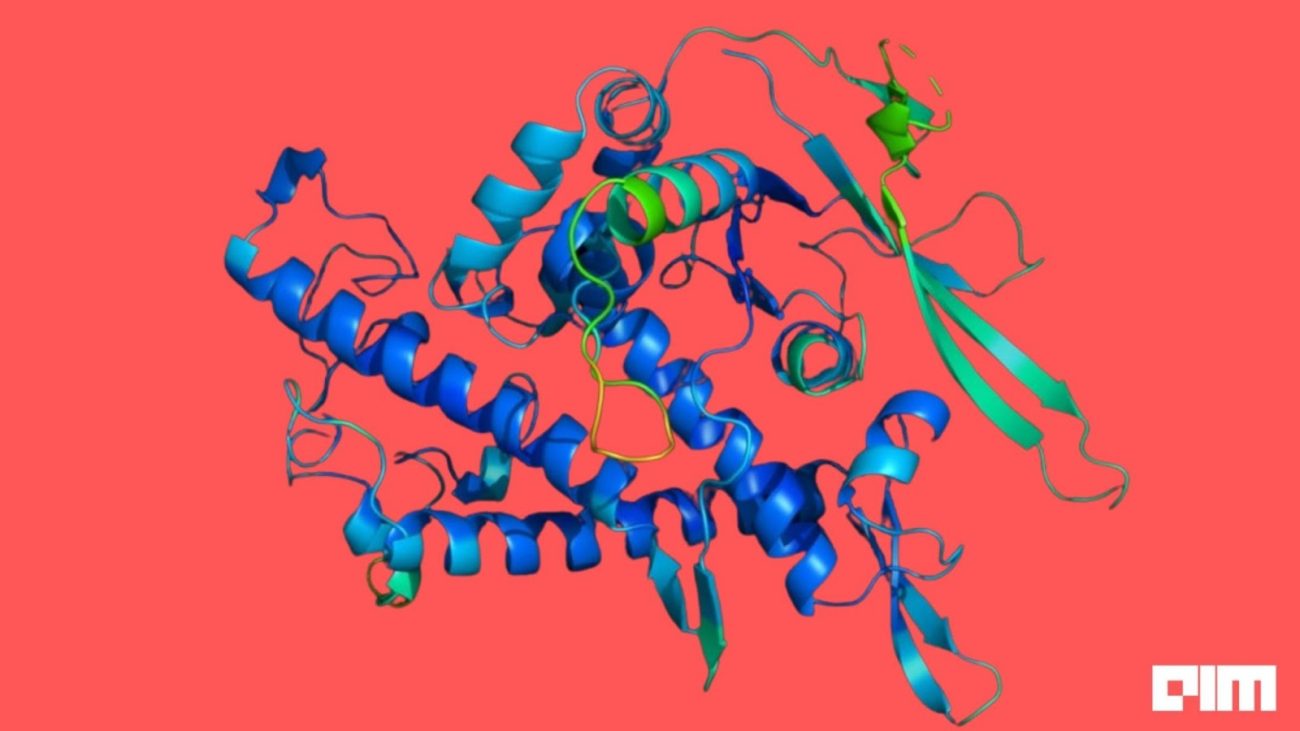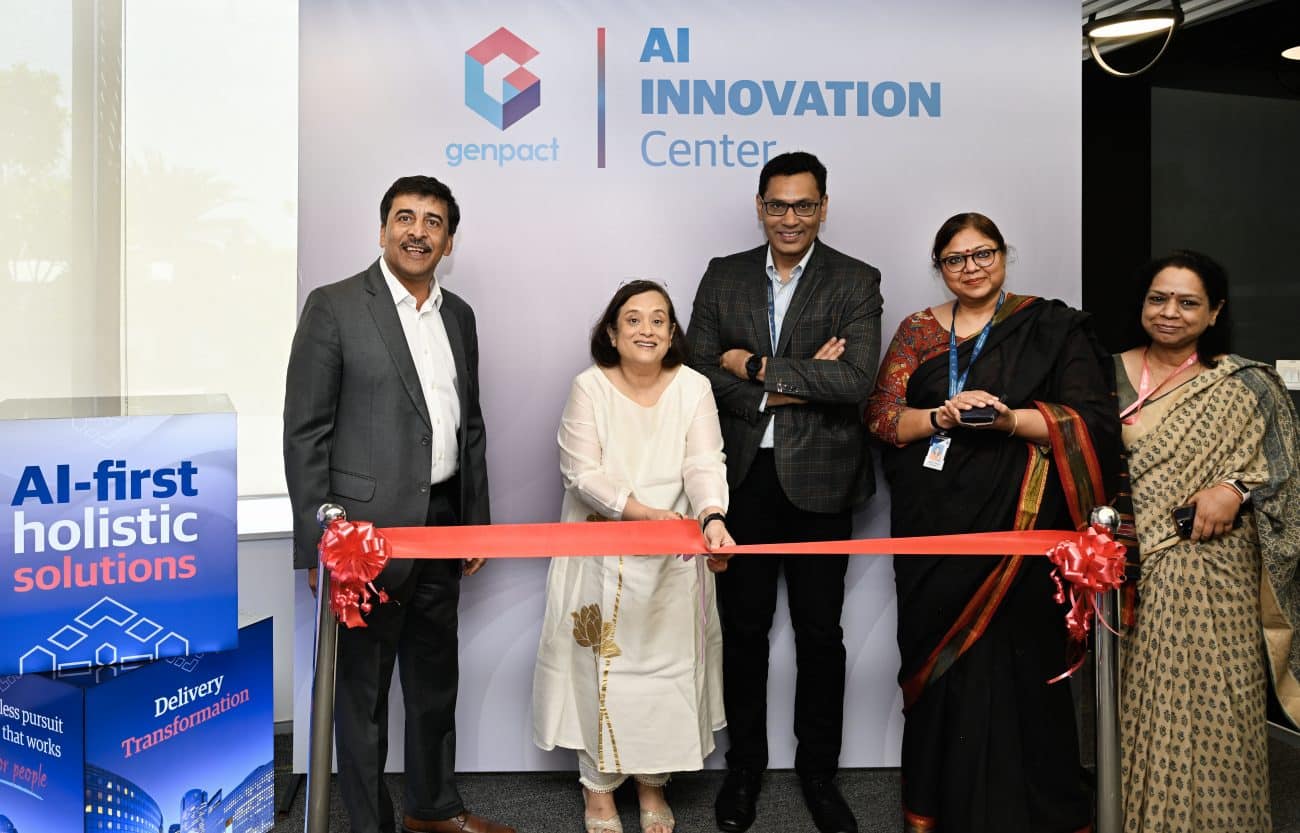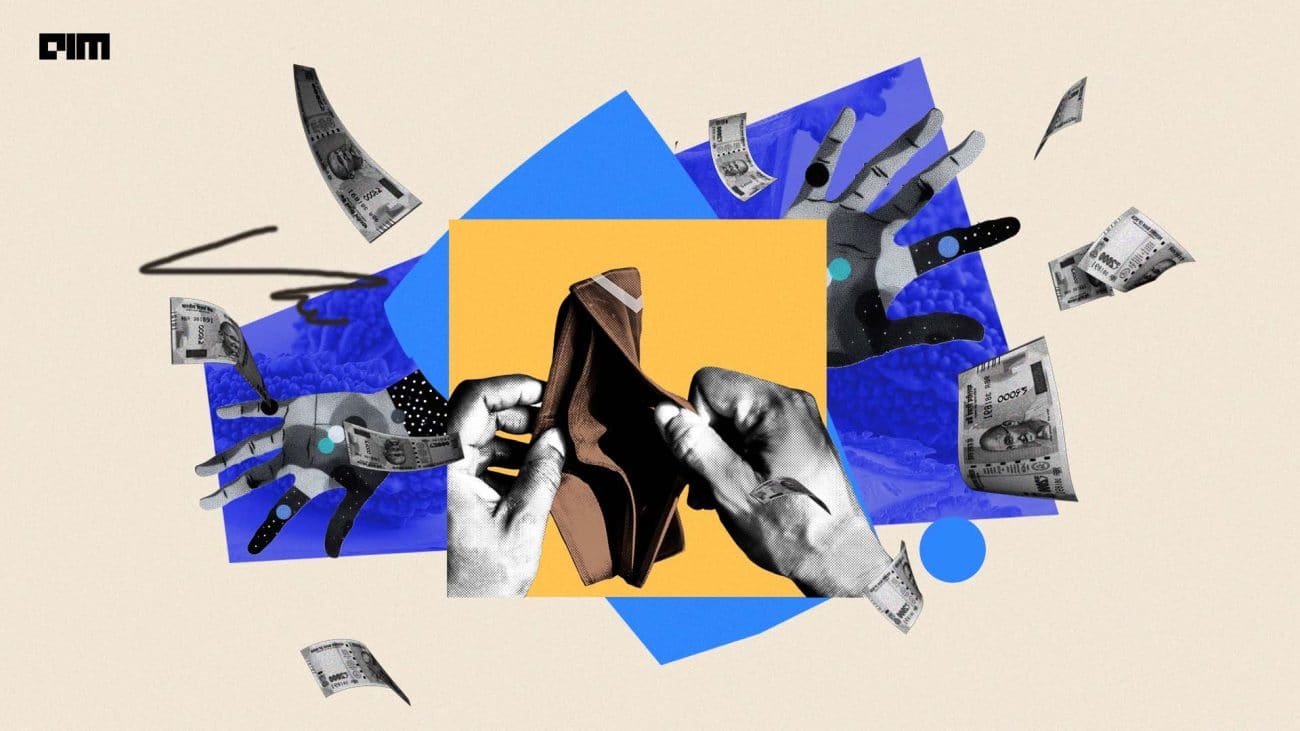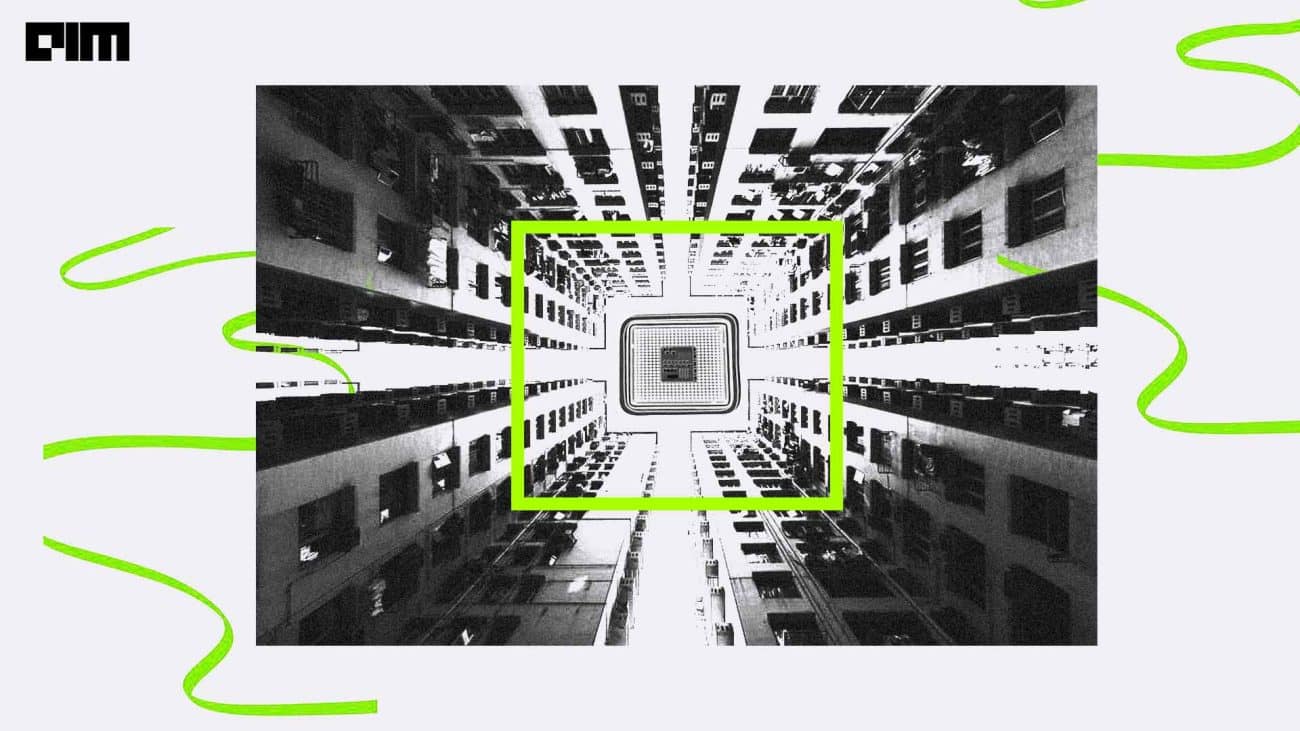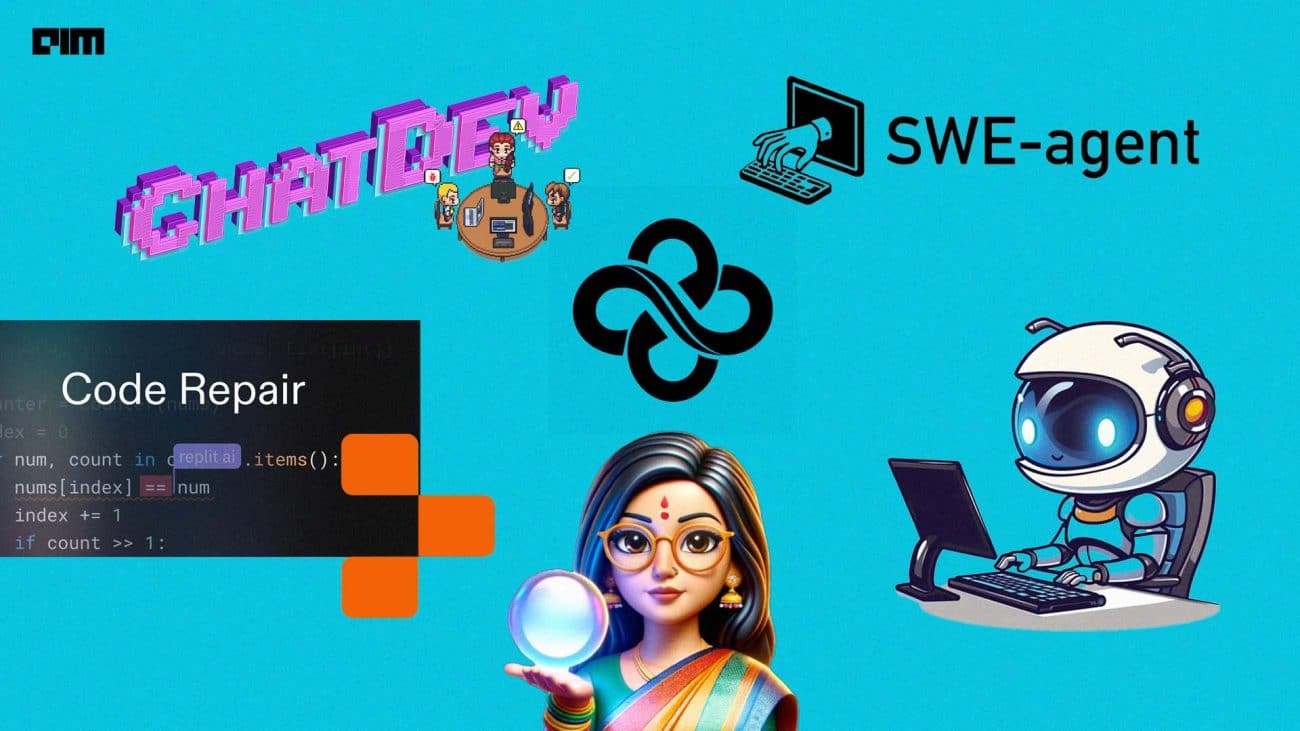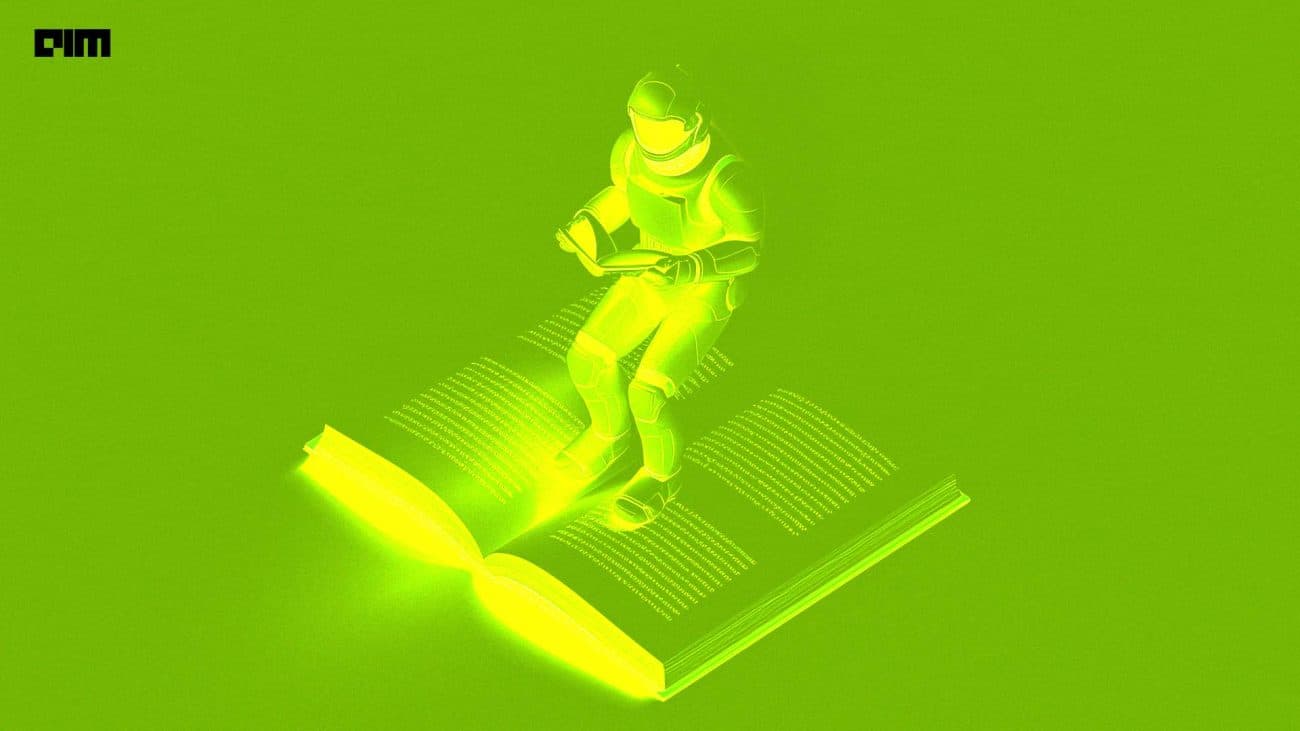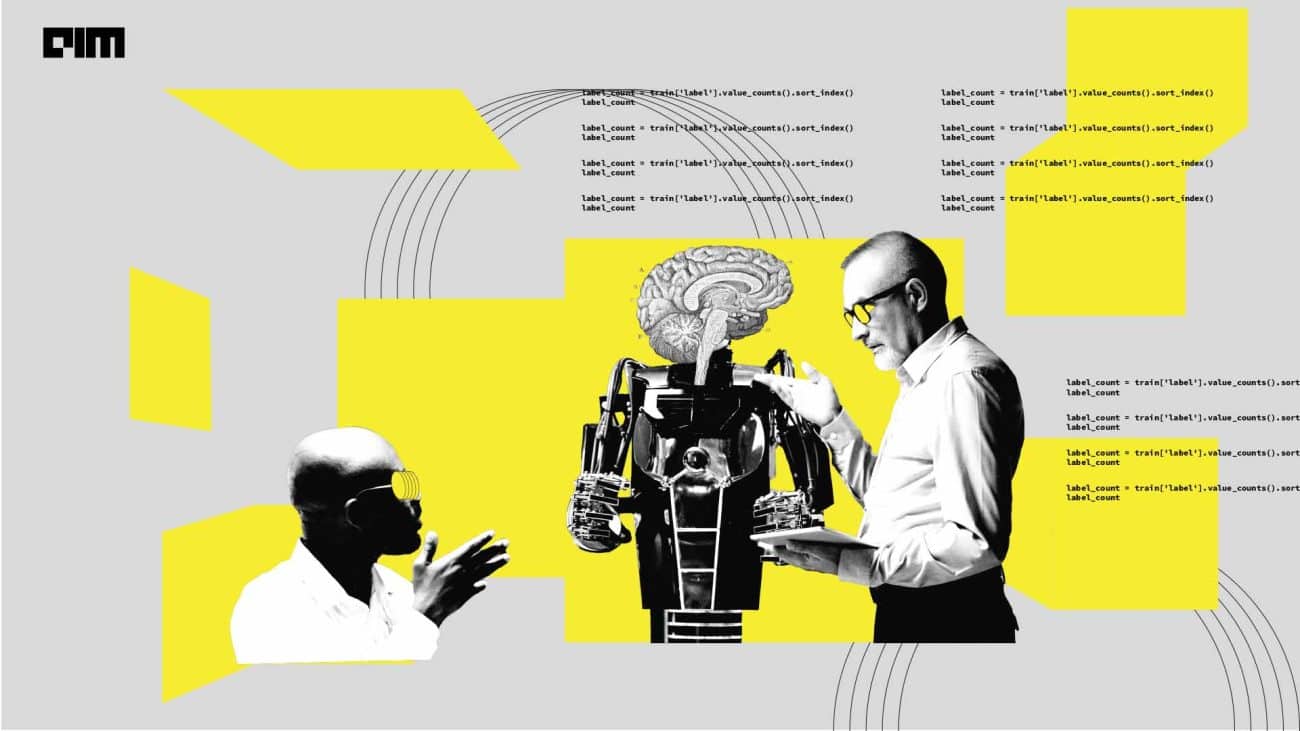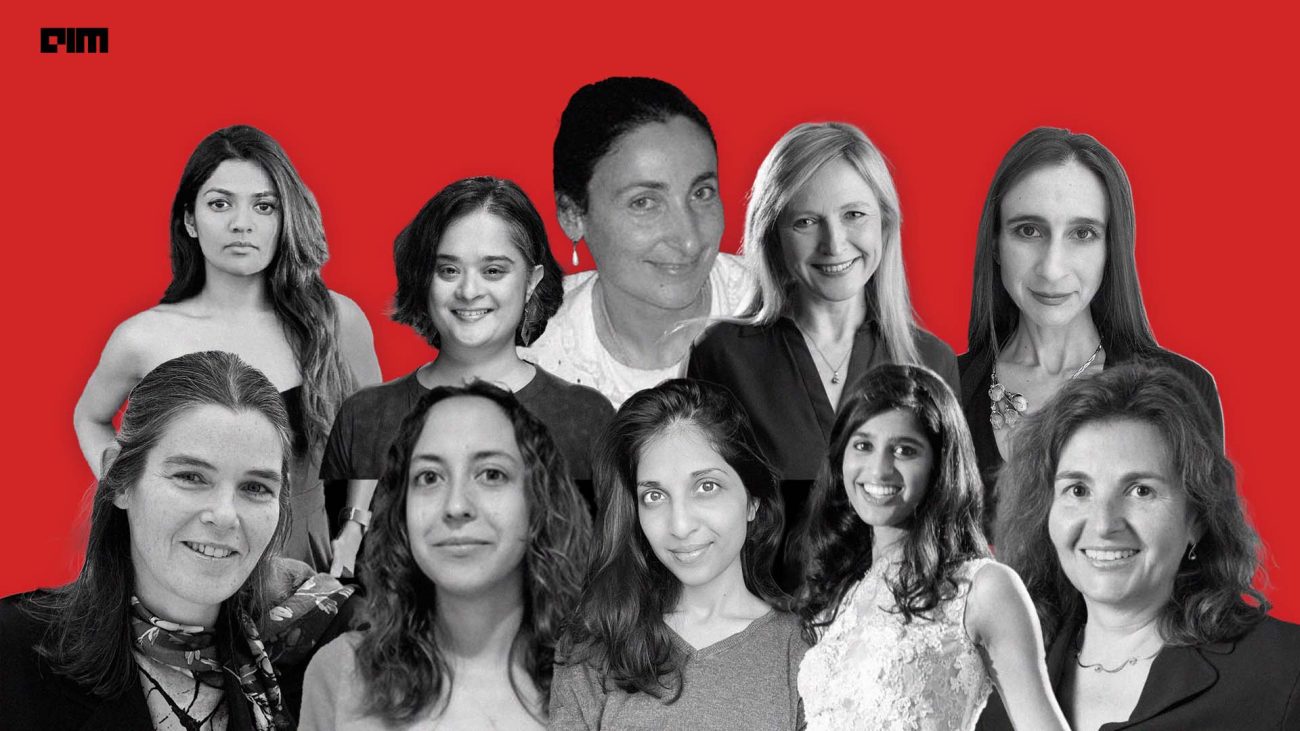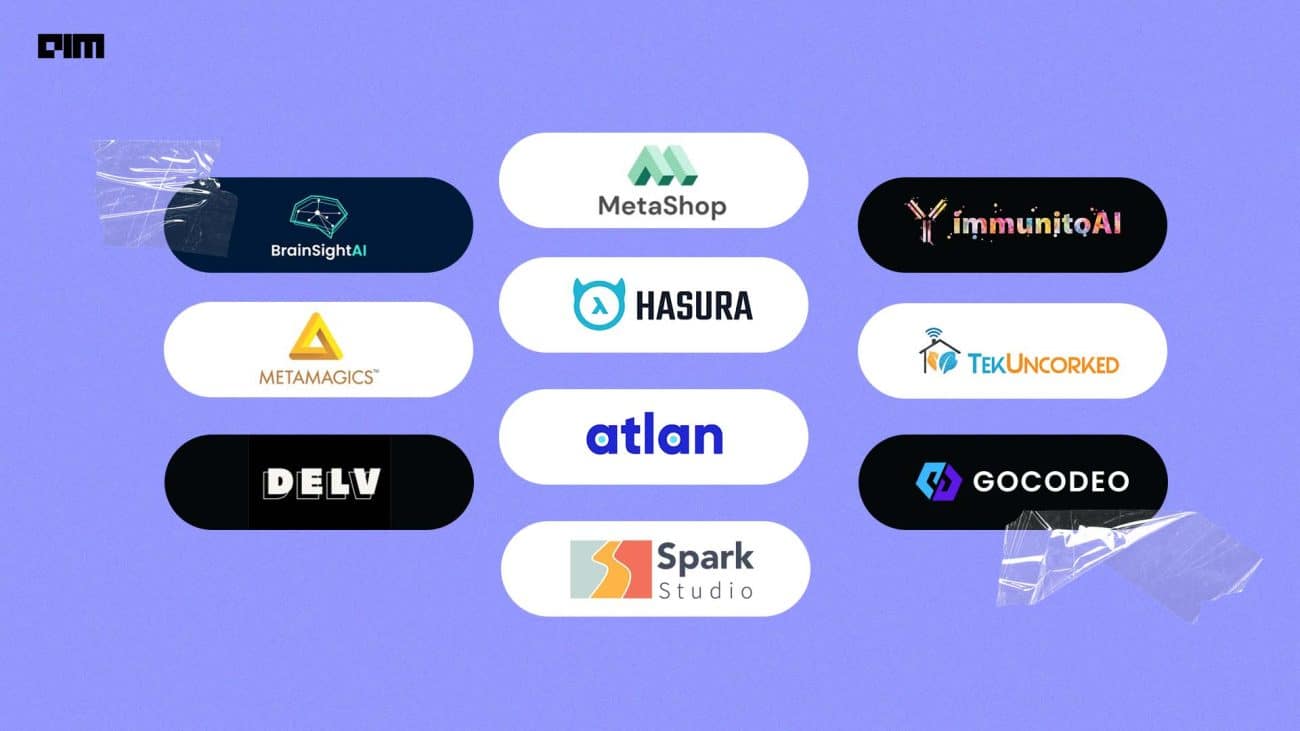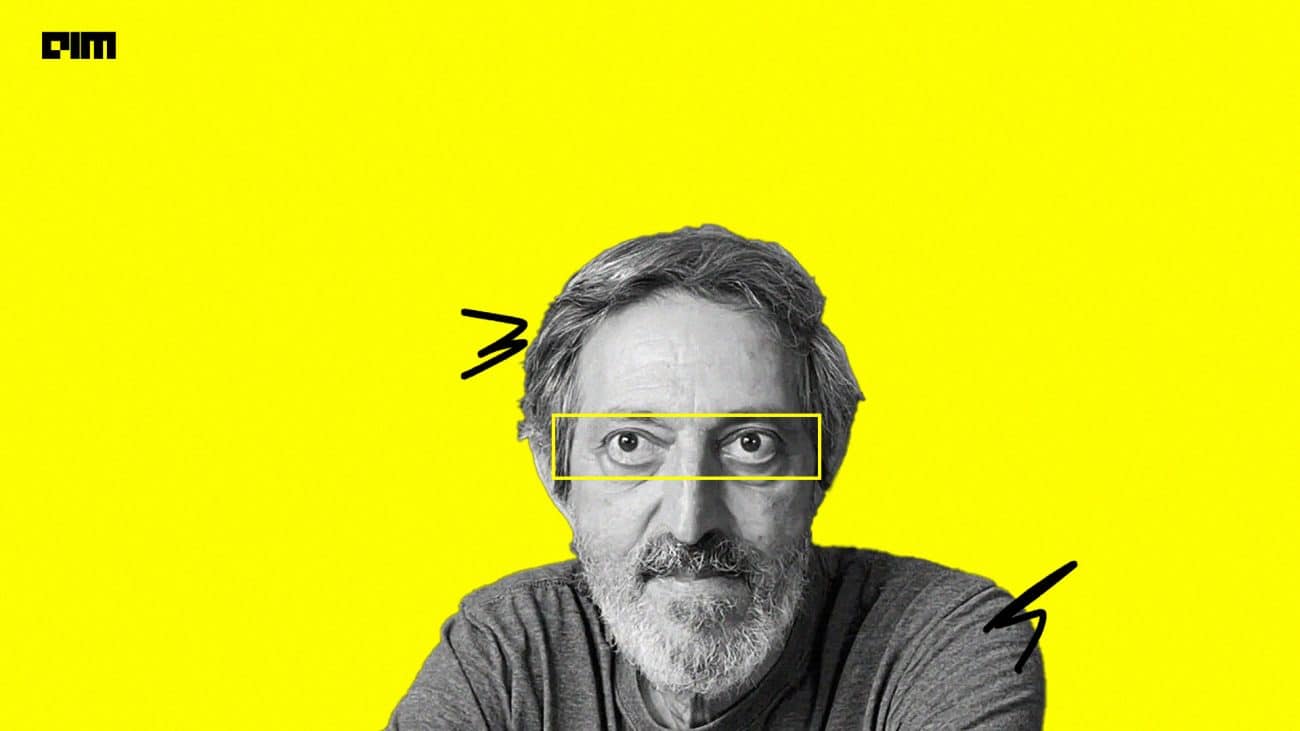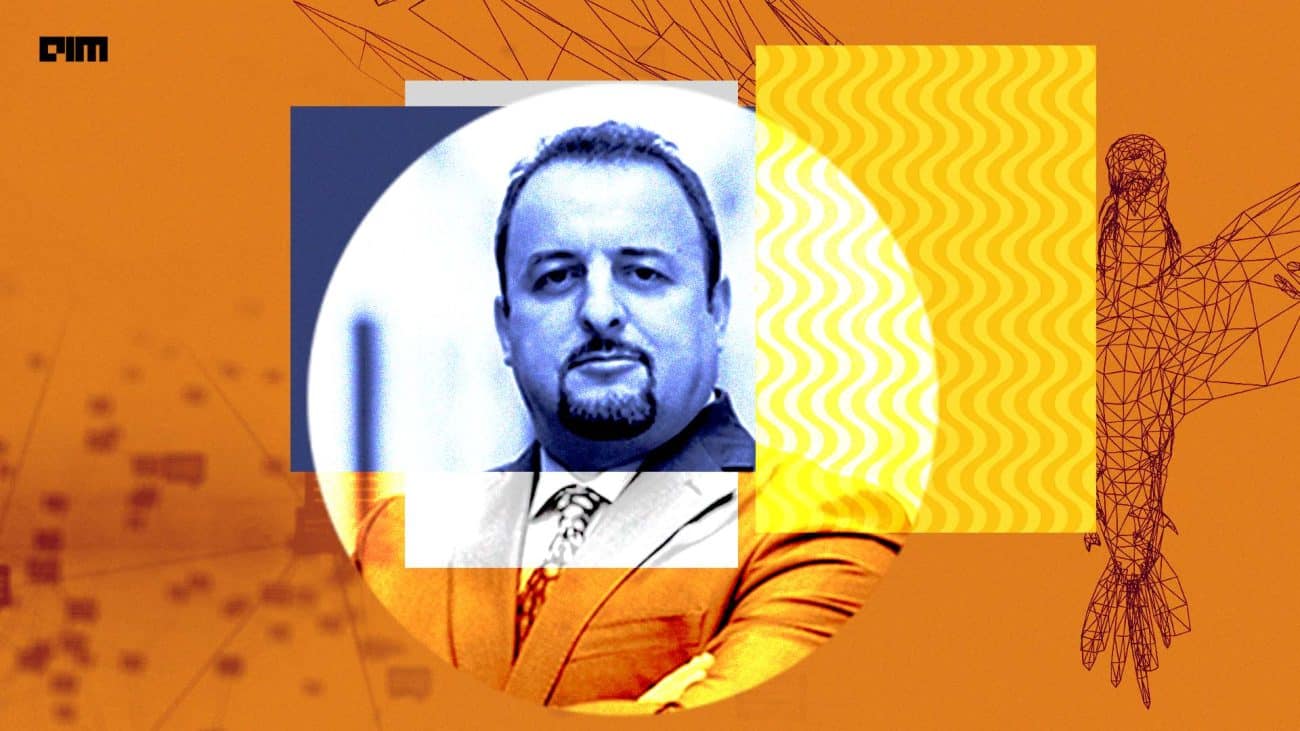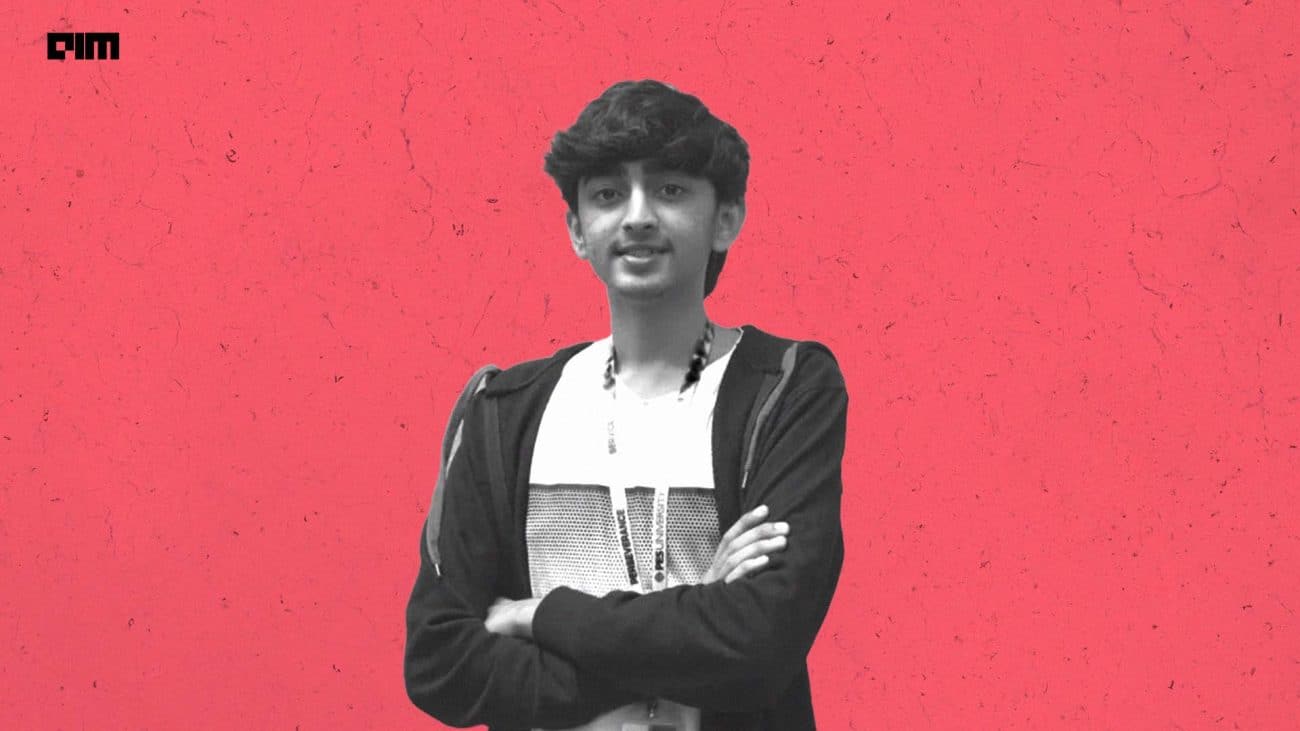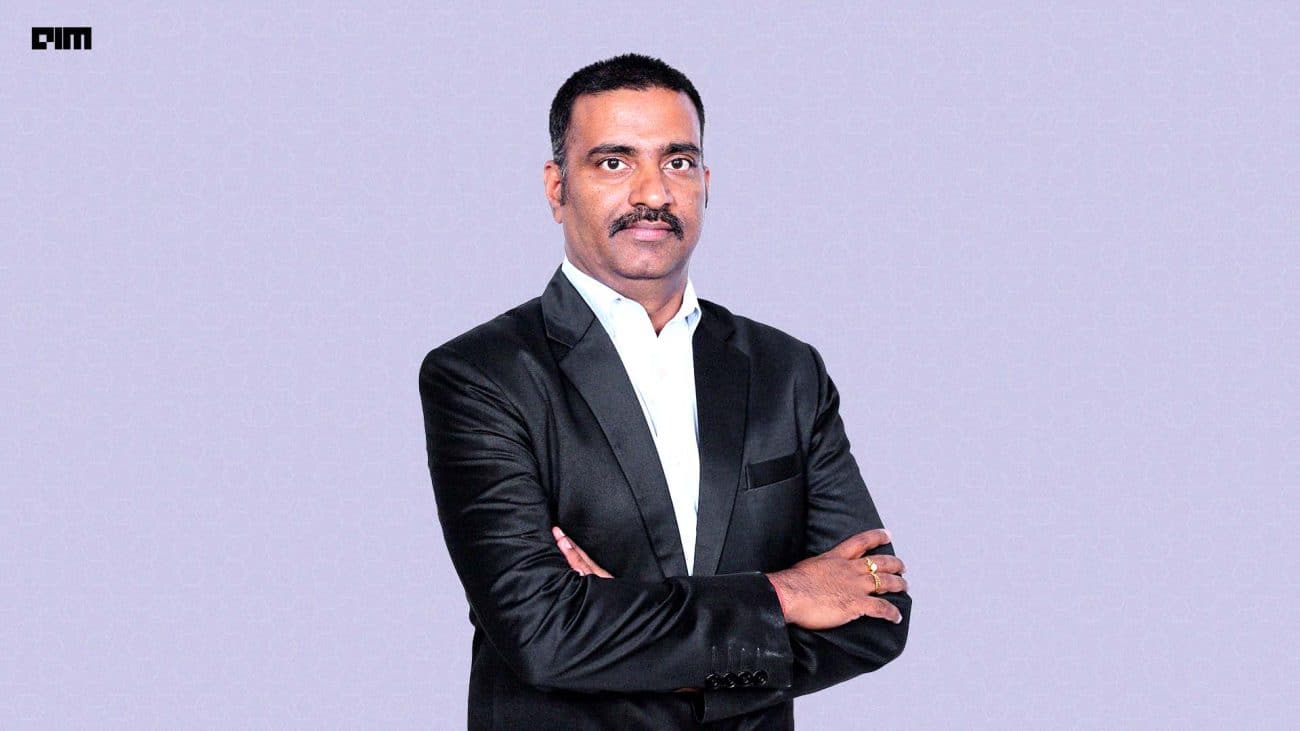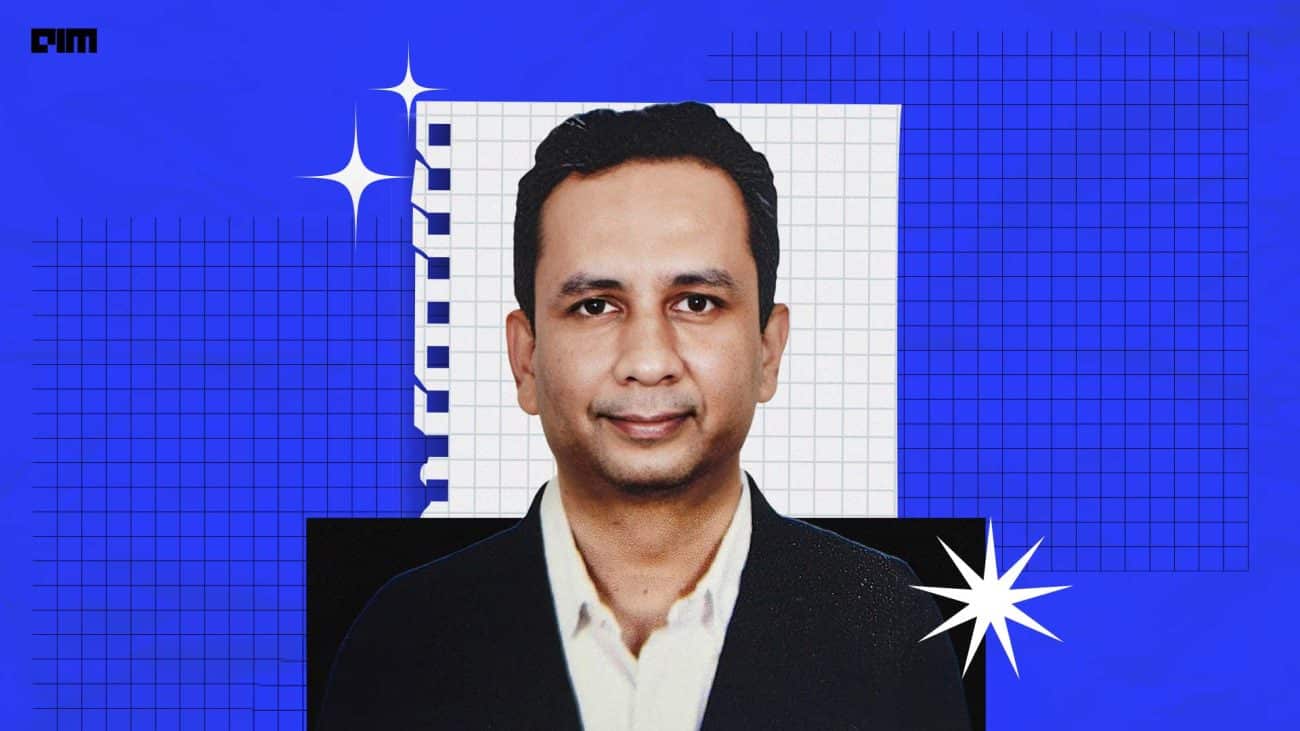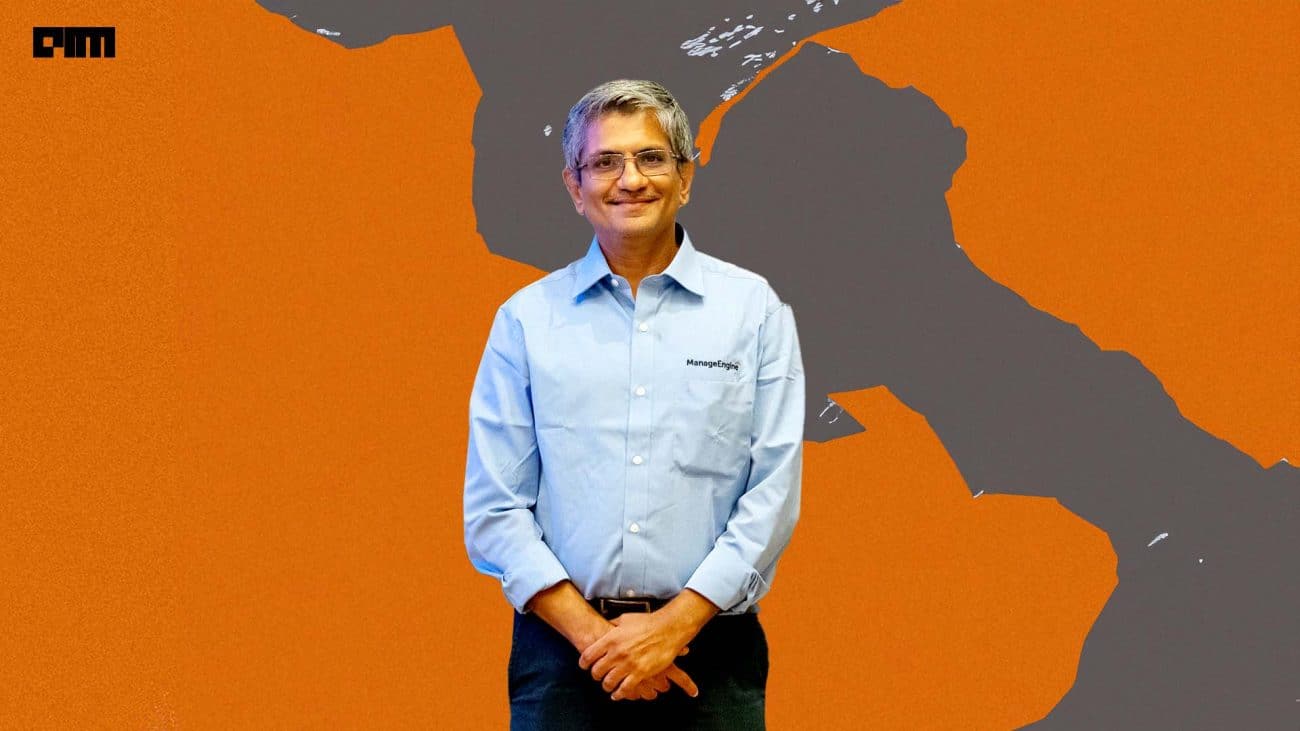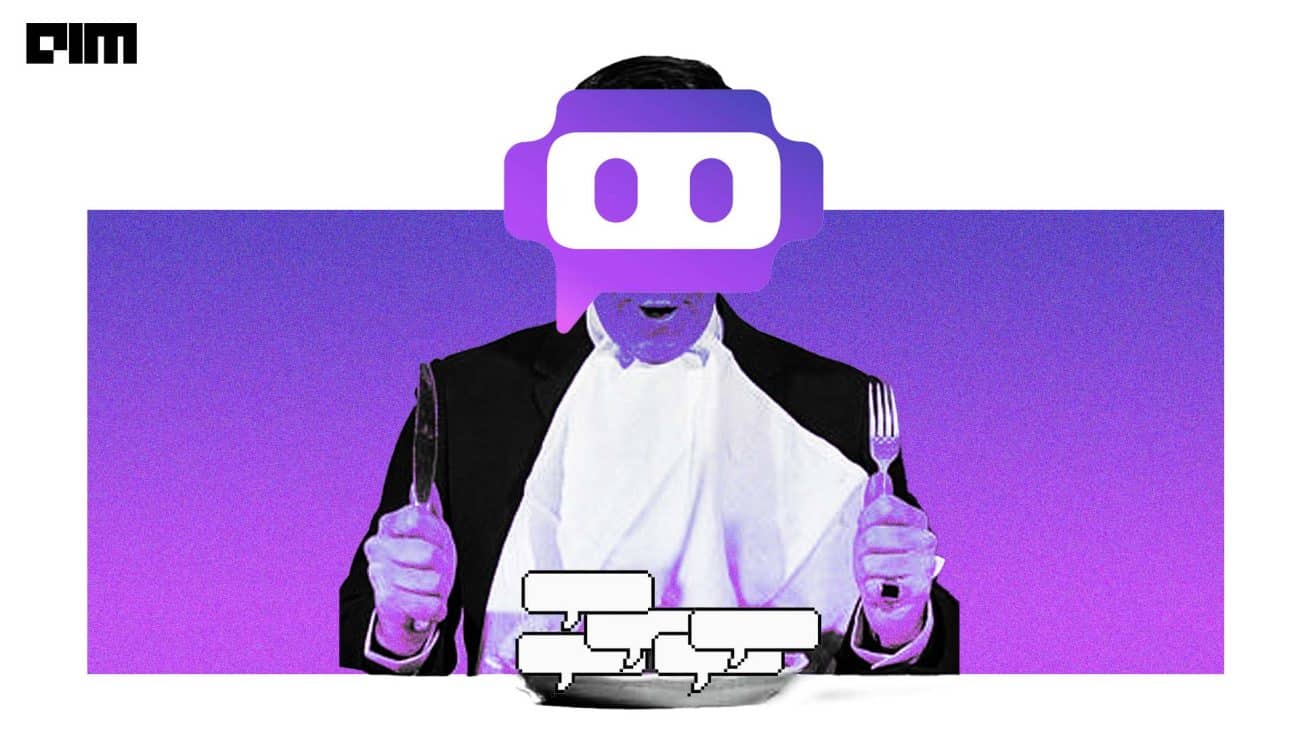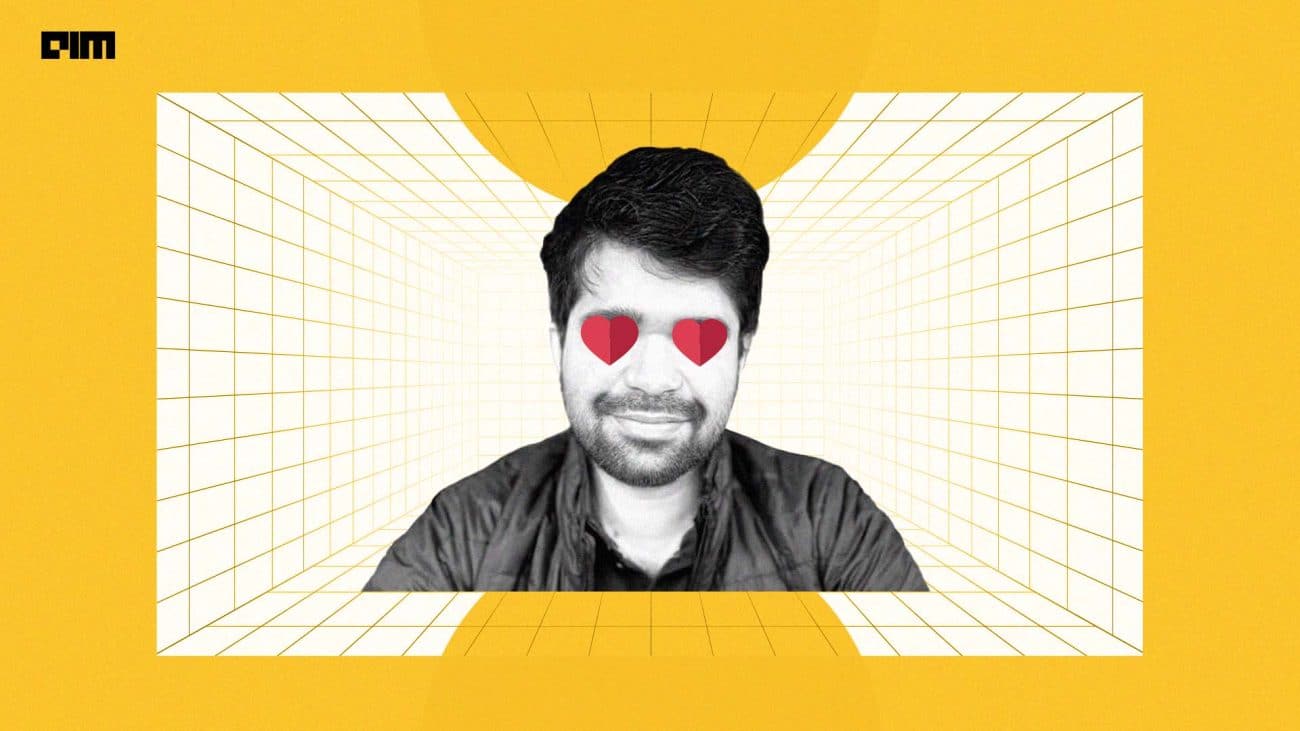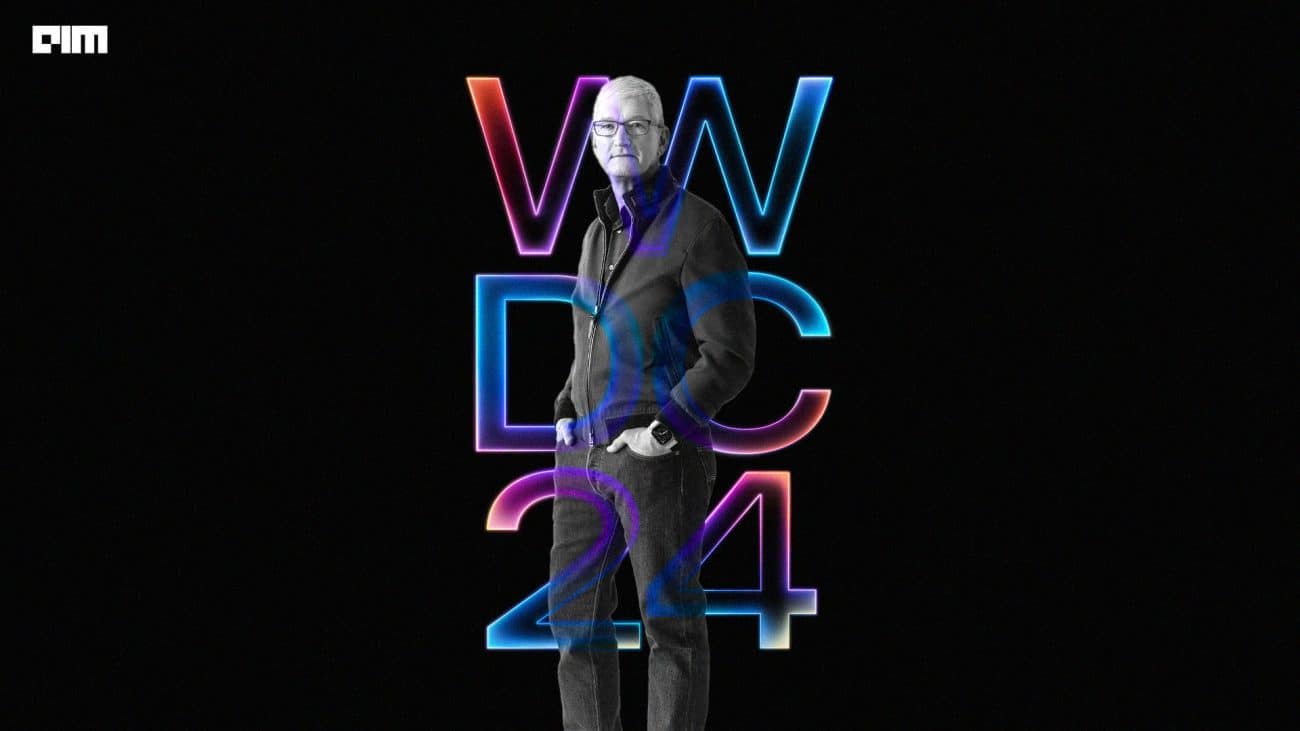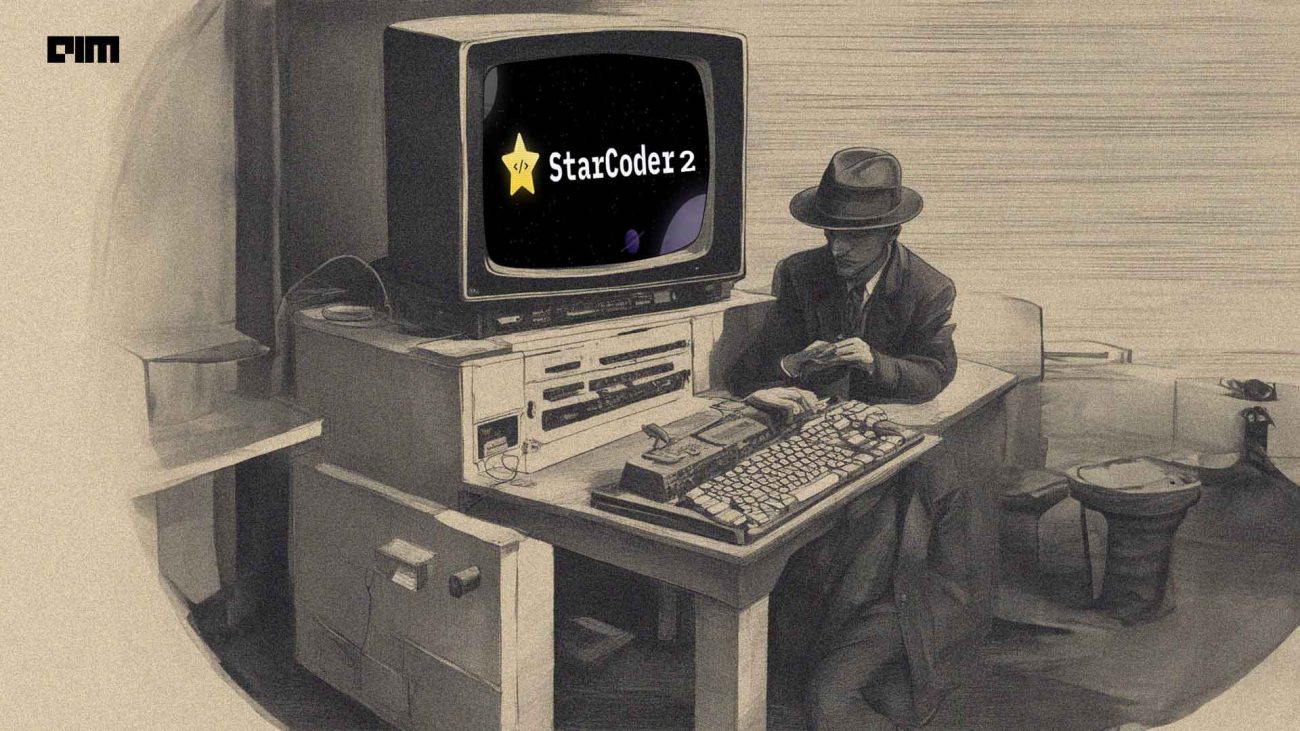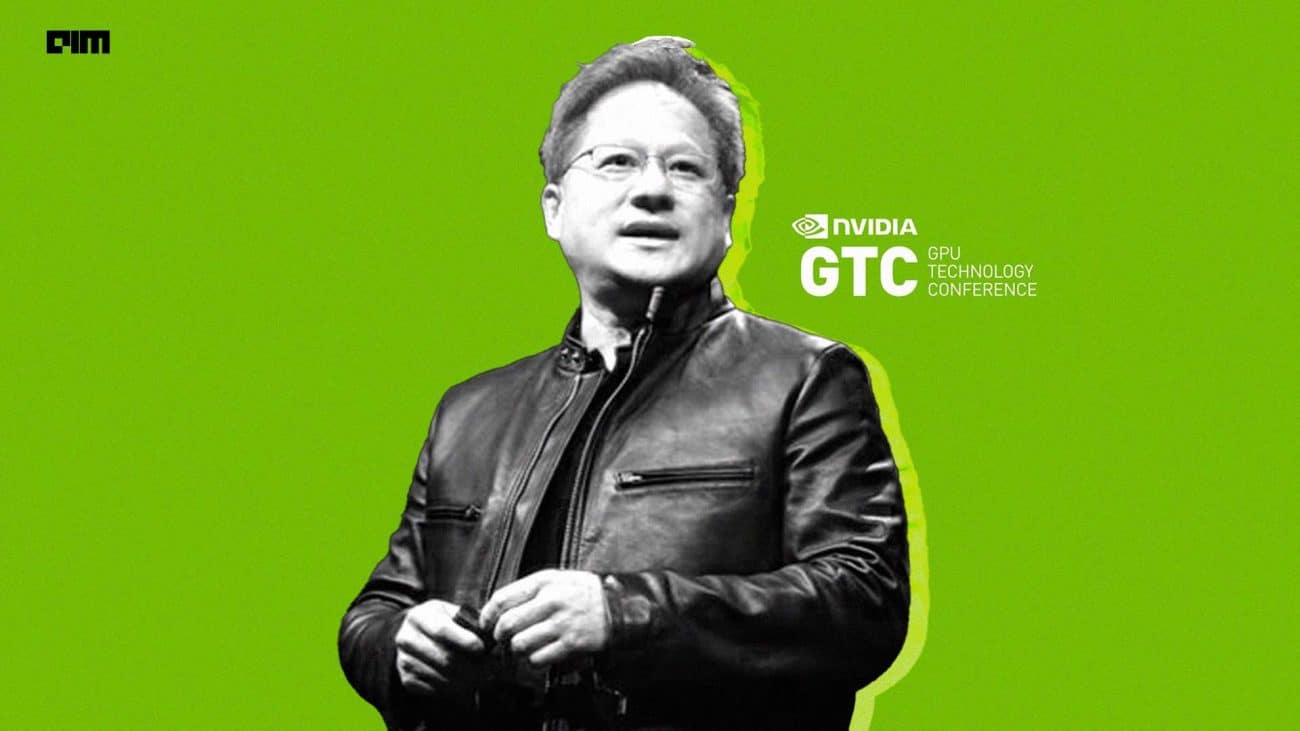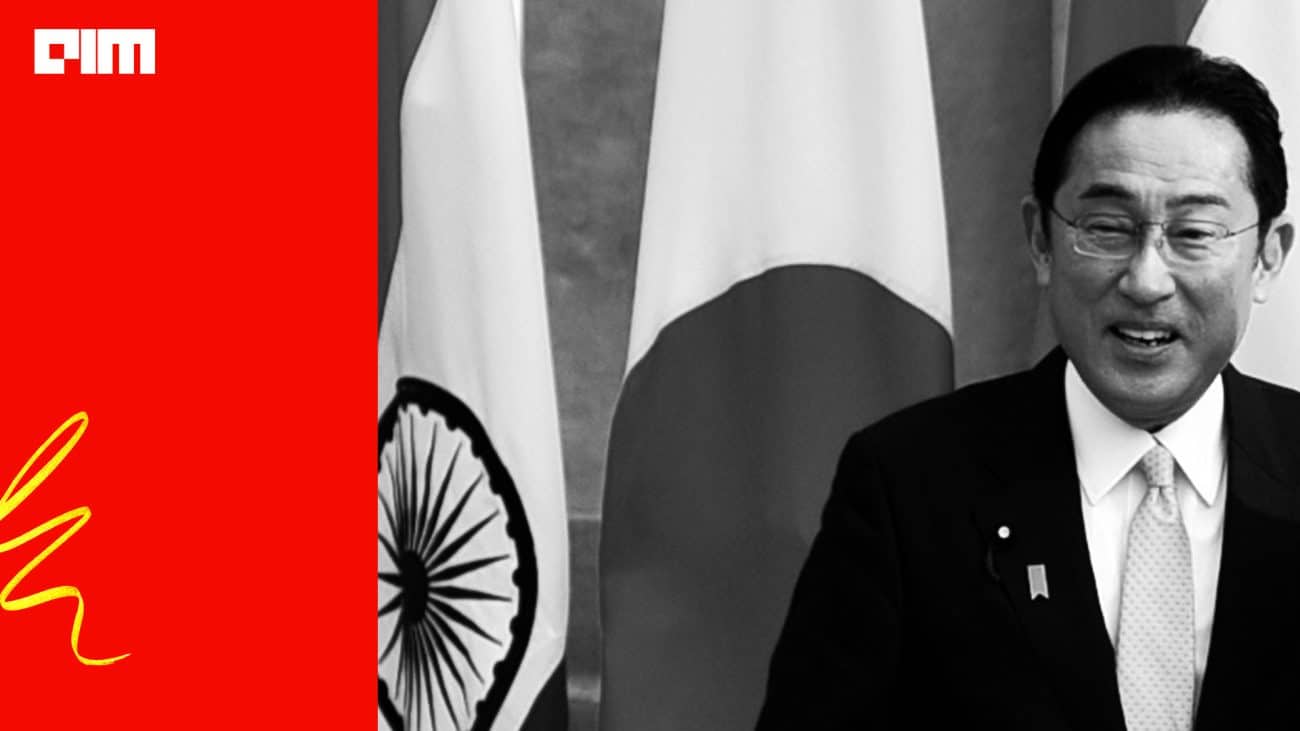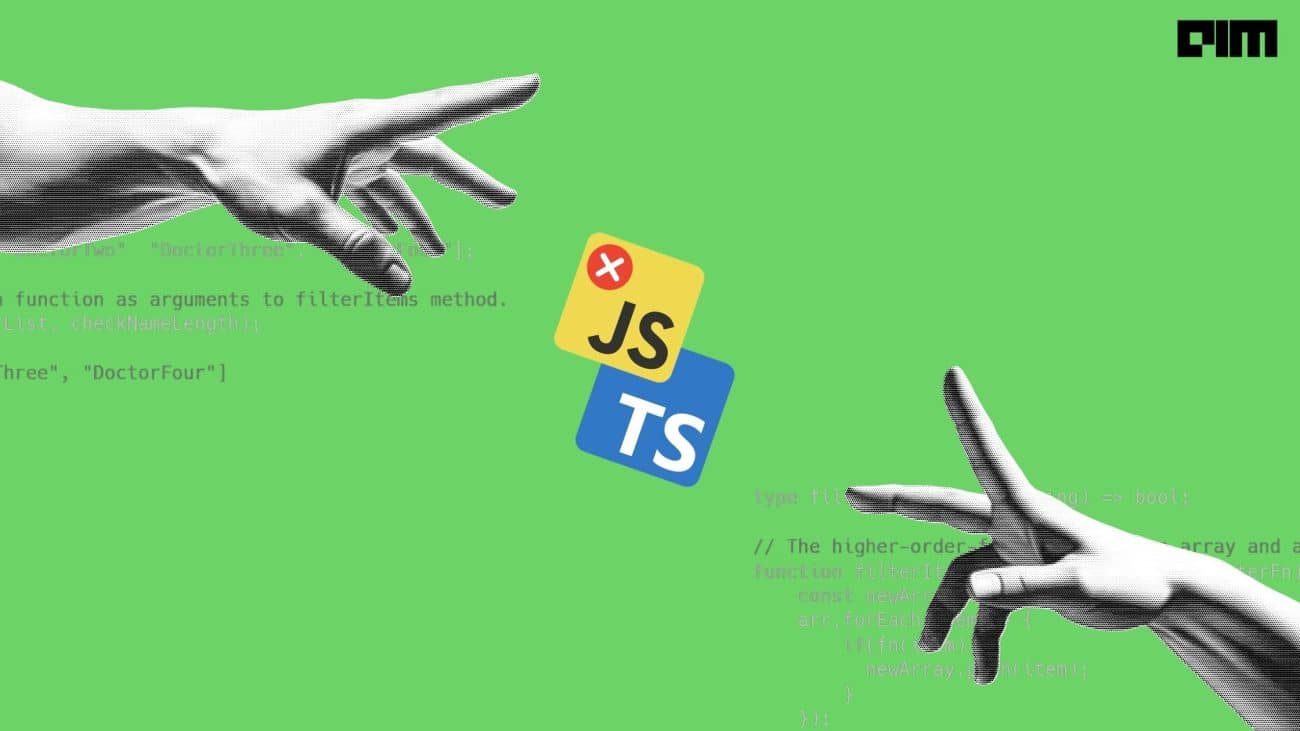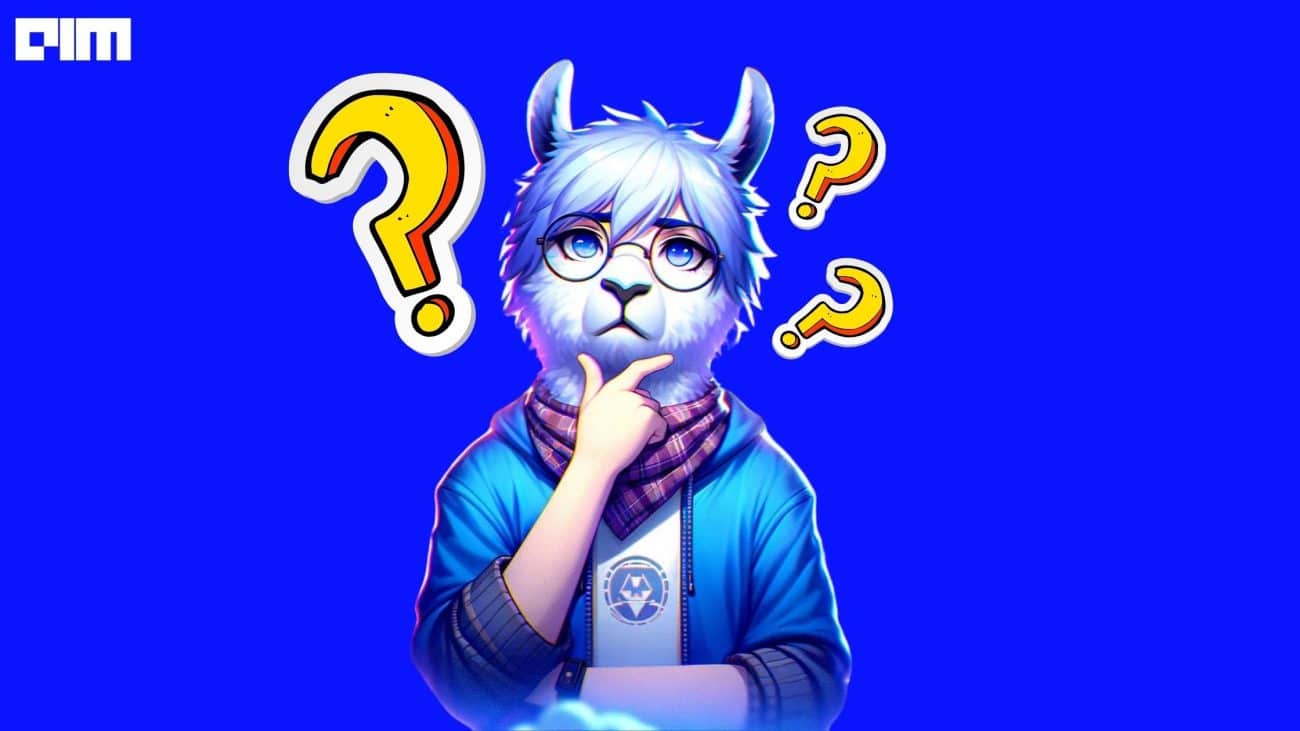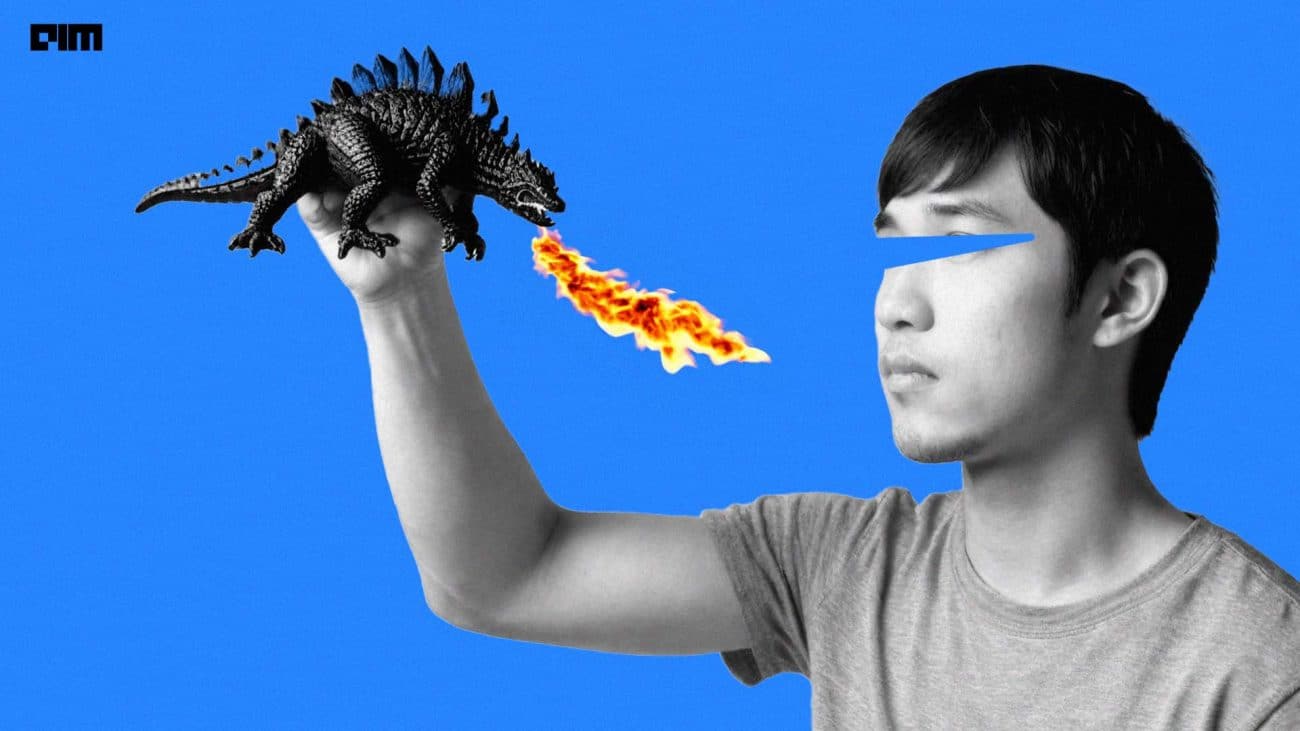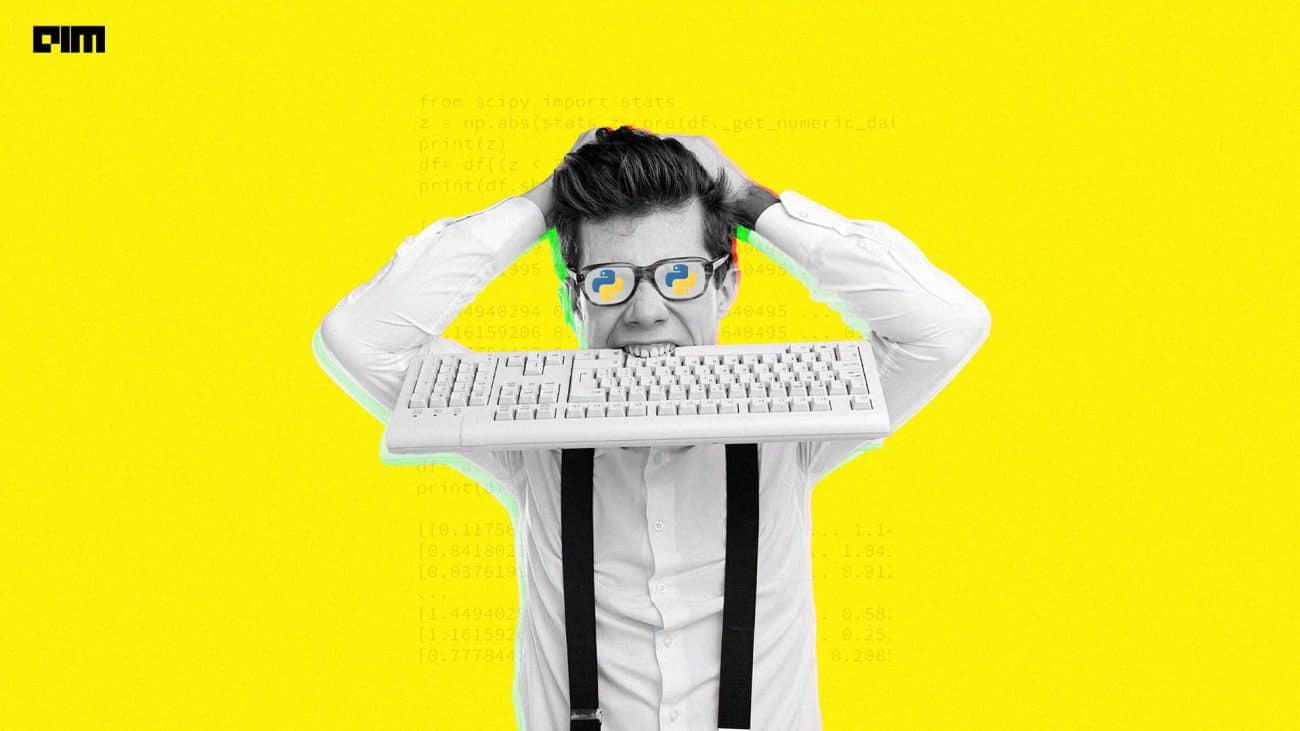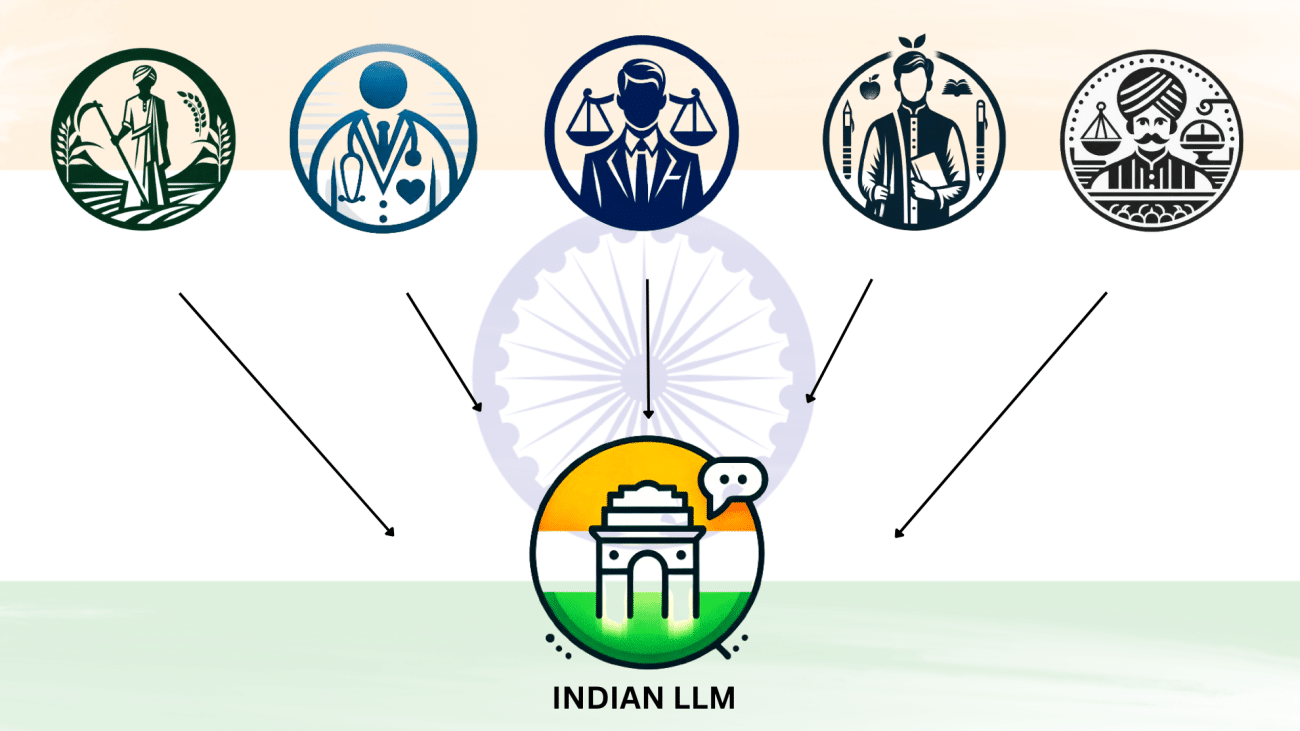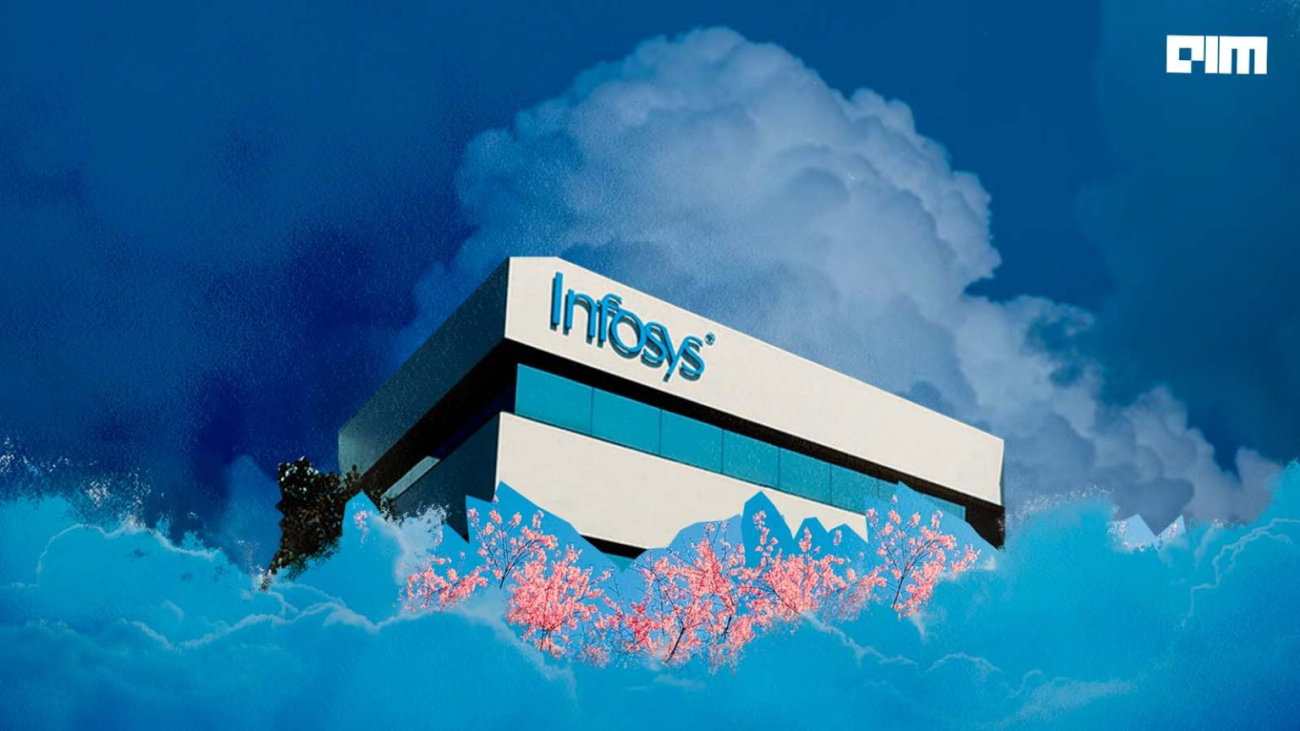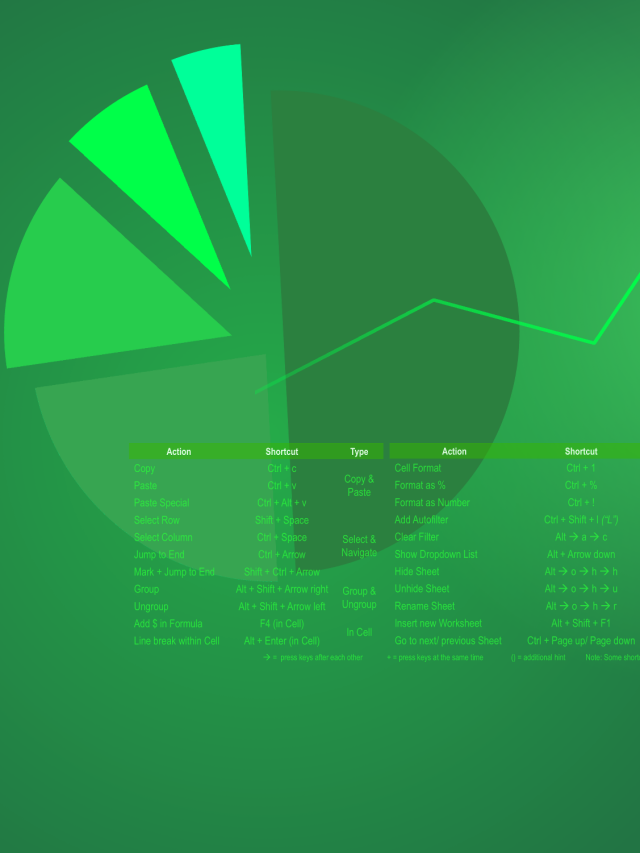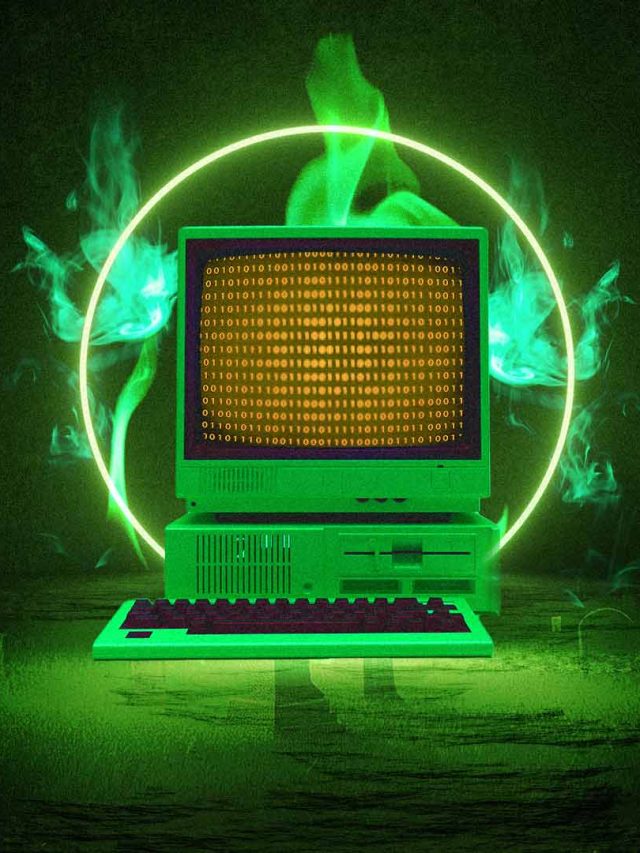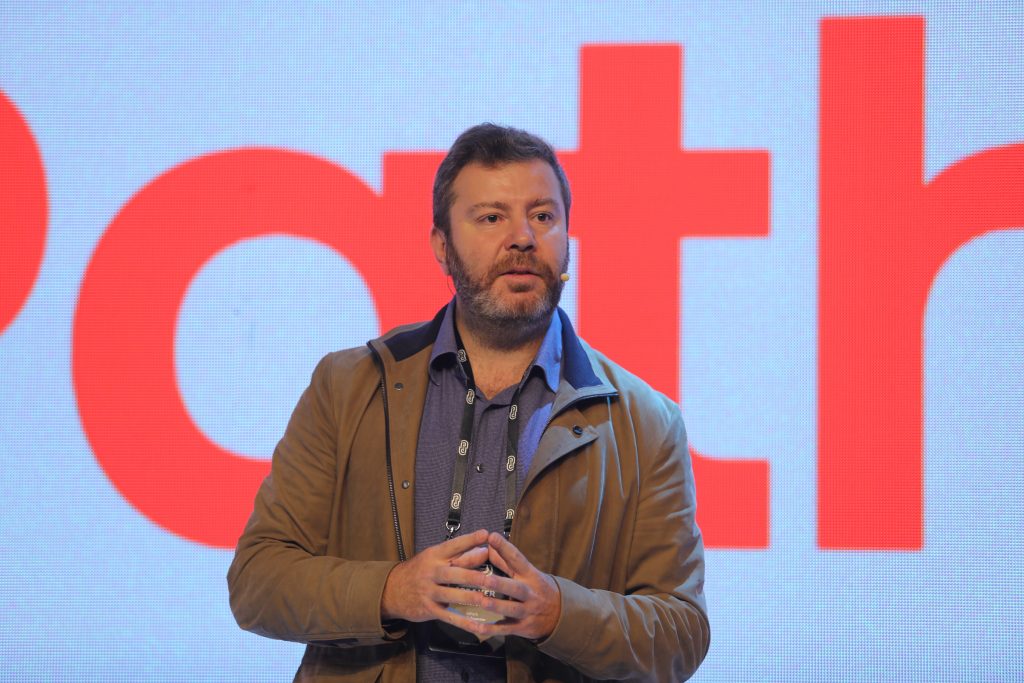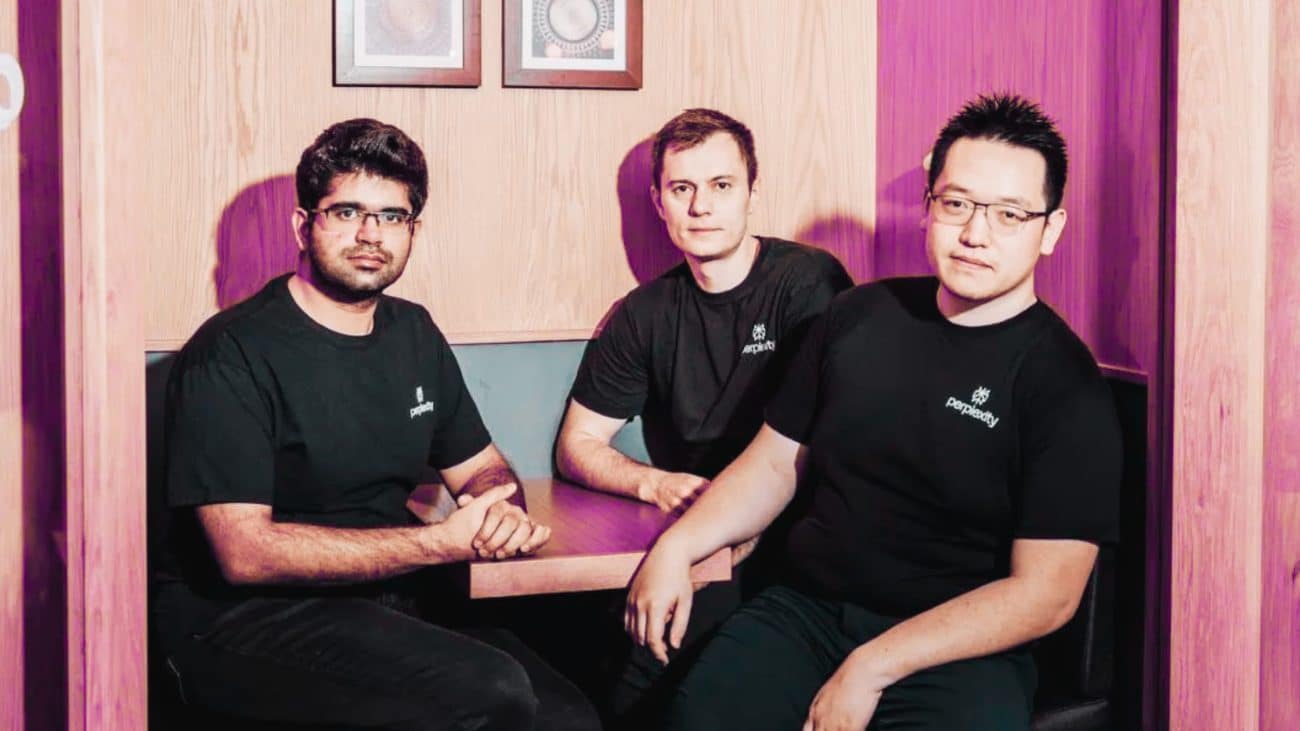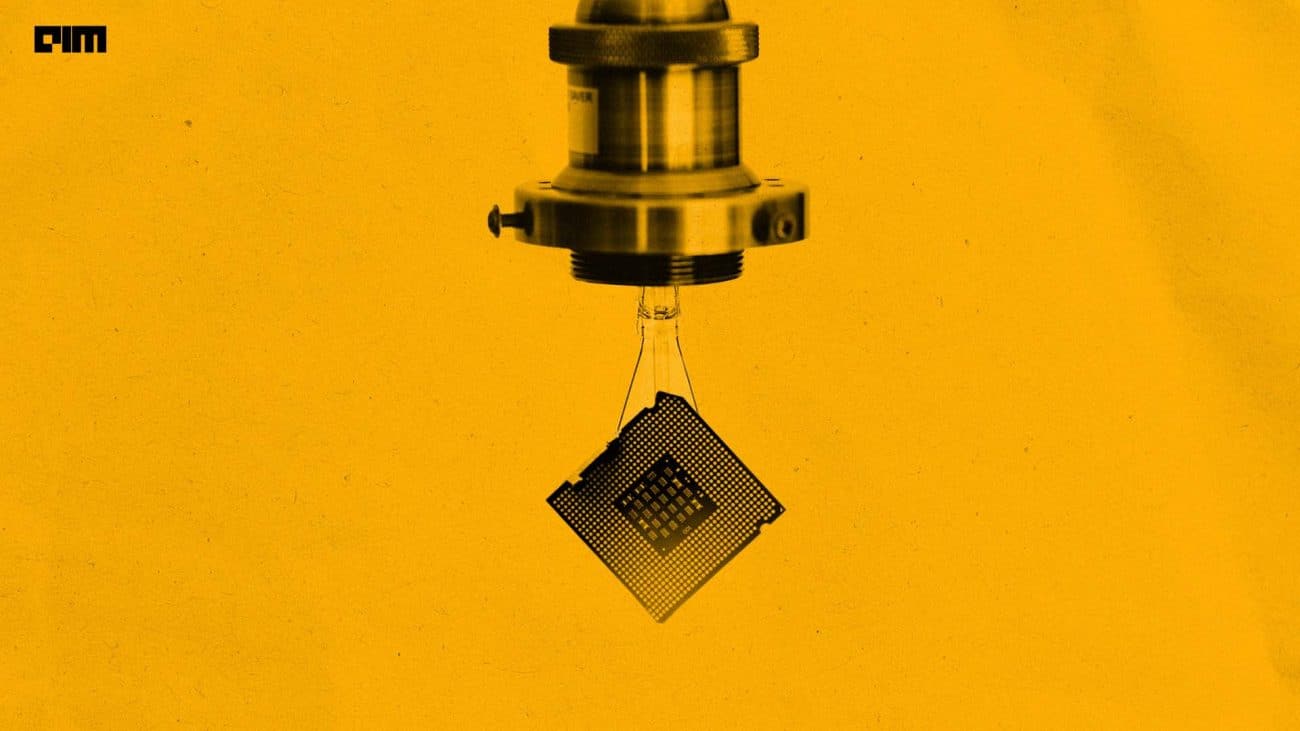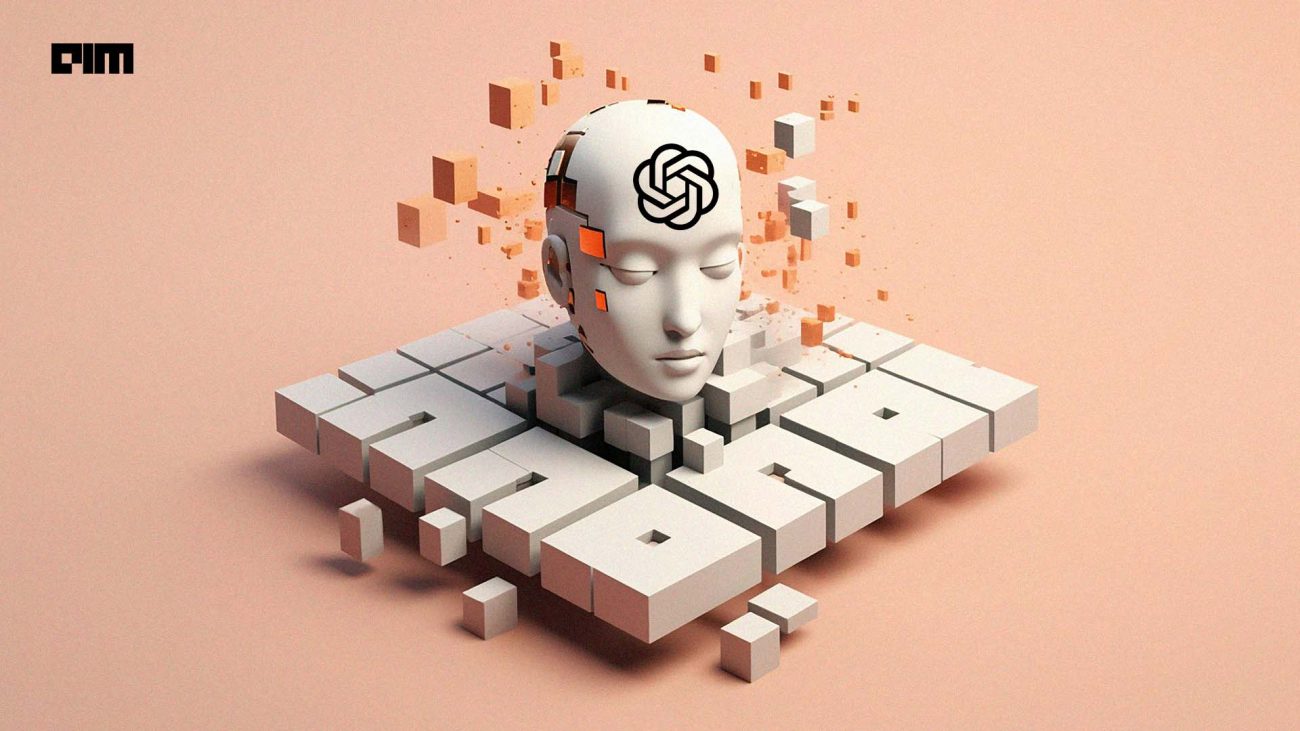“AI is shaping our collective reality and how we’re rapidly entering into a space of the Posthuman”
Harshit Agrawal
If you’re in Kolkata, it’s the once-in-a-while unique chance to look into India’s first solo AI Art show titled ‘EXO-Stential – AI Musings on the Posthuman’, going on at the Emami Art Gallery, Kolkata. For those in other parts of the country, you don’t have to worry much; Analytics India Magazine caught up with Harshit Agrawal – the man behind the AI art to accompany you on a virtual tour of the art gallery. An alumnus of IIT Guwahati and MIT Media Lab, Harshit is currently working as a Design Researcher at Adobe.
Image Credits: Harshit Agrawal & Emami Art
For the first time, we see a strong usage of AI art to engage with themes of social injustice and bias via an artistic lens, creating experiences of empathy. The art show will come to an end on 30 September 2021.
“This is one of the most important shows of AI Art in the history of the field as it brings together explorations of almost every aspect of the AI Art process, both aspects that it shares with traditional art practices and those unique to it. In the show, there is not only a diversity of themes, media (painting, sculpture, text, video, interactive media) and aesthetic approach (conceptual, sociological, the painterly), but also experiments with AI art-making itself,” said Harshit.
AIM: Tell us about your solo AI show that is on exhibit this month.
Harshit: I am very excited to bring India’s First Solo Show of AI Art to all of you, presented by Emami Art! Myna Mukherjee curates the show; the project is manifested by Engendered, and collaborators are 64/1 (Karthik Kalyanaraman and Raghava KK). The show comprises nine bodies of works. AI Art, for me as one of the few practitioners in this space from the global south, has evolved to become a vehicle of engagement with social, cultural and ethical issues, with its unique ability to work with large amounts of data and act as a conduit to explore our internal biases at an individual and societal level.
Image Credits: Harshit Agrawal & Emami Art
AIM: Can you talk briefly about what got you interested in AI art?
Harshit: I have always been fascinated with technology. However, my first love is poetry. As I was studying at MIT, I started wondering, how can we explore the poetics of machines? Since we are immersed in technology 24×7, we can’t simply restrict our relation to it to be transactional, to simply think of it as a means for productivity and efficiency, especially with AI entering into influencing many of our choices, our subjective tasks too. We have to start building a more intimate relationship with technology; that’s where my work with AI art began, right from the field’s inception in 2015.
Another aspect I find very exciting to explore is how AI – with its unique ability to work with large amounts of data – can act as a conduit to explore our internal biases at an individual and societal level. Can we use this to offer alternate narratives and immersive embodiments of deep-rooted sociological divides, of seemingly universal perceptions of themes like gender? For example, instead of perpetuating biases further with the use of technologies like facial recognition for racial profiling, can we instead use it to build empathy to social injustices of caste in India?
AIM: What does an AI artist’s toolkit look like?
Harshit: An AI artist’s toolkit comprises two main components – training data and AI algorithms, particularly generative algorithms like GANs, Conditional GANs and LSTMs. For my work, I also use other algorithms like facial recognition and classification networks, including custom non-ML computer vision programming.
Image Credits: Harshit Agrawal & Emami Art
AIM: Do you think AI-based artwork will go mainstream in India?
Harshit: Absolutely! A lot of my work deals with the themes and aesthetics of India. I believe it’s essential to have greater representation from the global south in the AI artspace to broaden the cultural situatedness of AI art. A lot of themes of social injustice and bias can be looked at from a completely new lens with AI, creating possibilities of experiences and engagements enabled solely by AI art. My aim through this show is to do that. I am very excited by the amount of love, curiosity and conversations this show has sparked already. People in India are finally engaging in a dialogue around how AI is shaping our collective reality and how we’re rapidly entering into a space of the Posthuman.
The very first AI art show of India has displayed the potential to start a new chapter. The show will hopefully make way for bigger and more intelligent exhibits, yet to come, that will expose not just the tech population, but the general audience to the wonders of AI, and shine light upon how it is ultimately connected to art at its roots.


